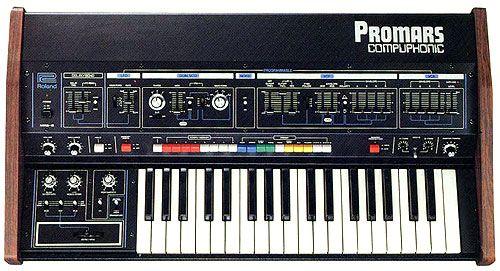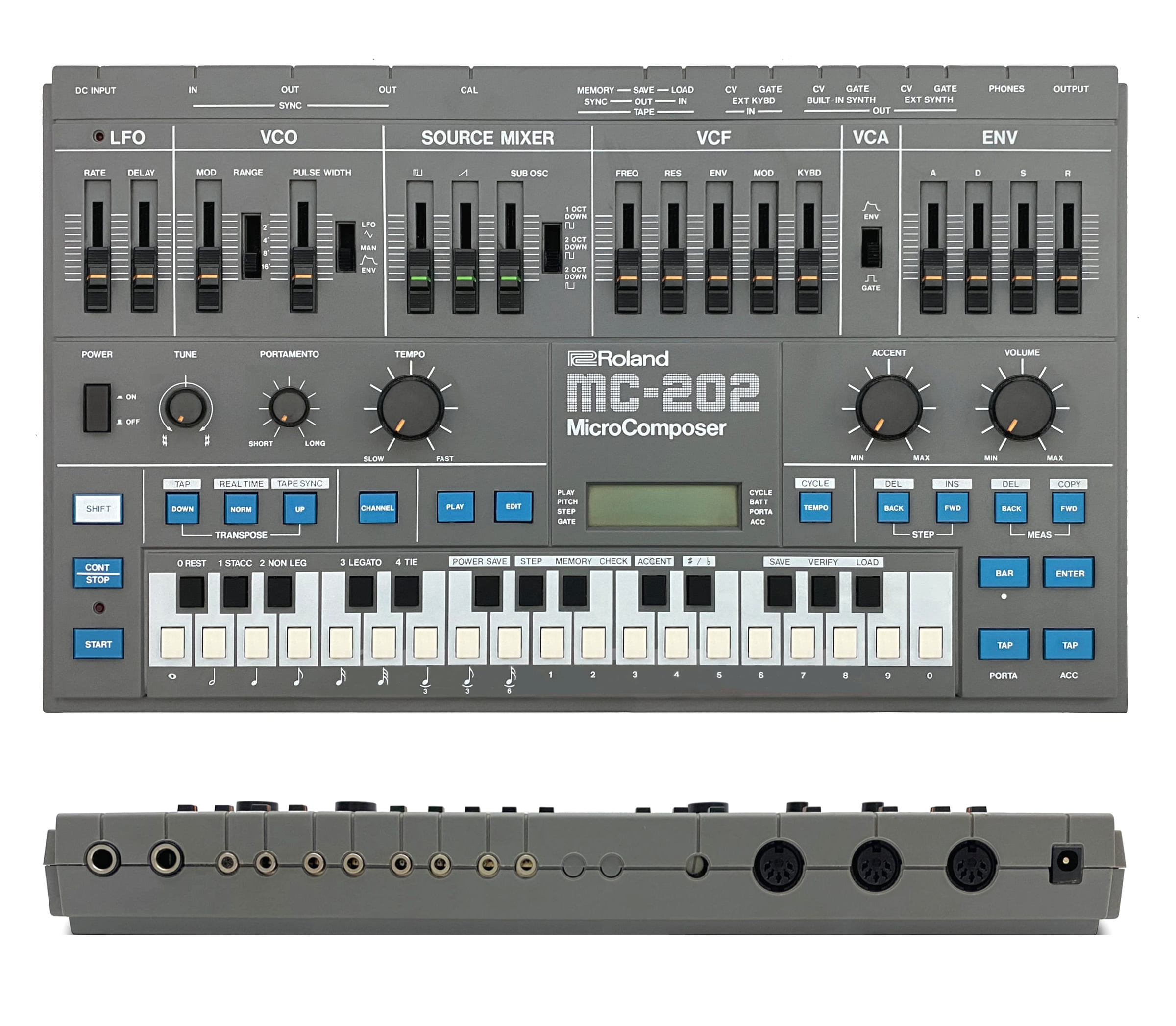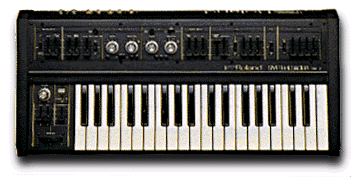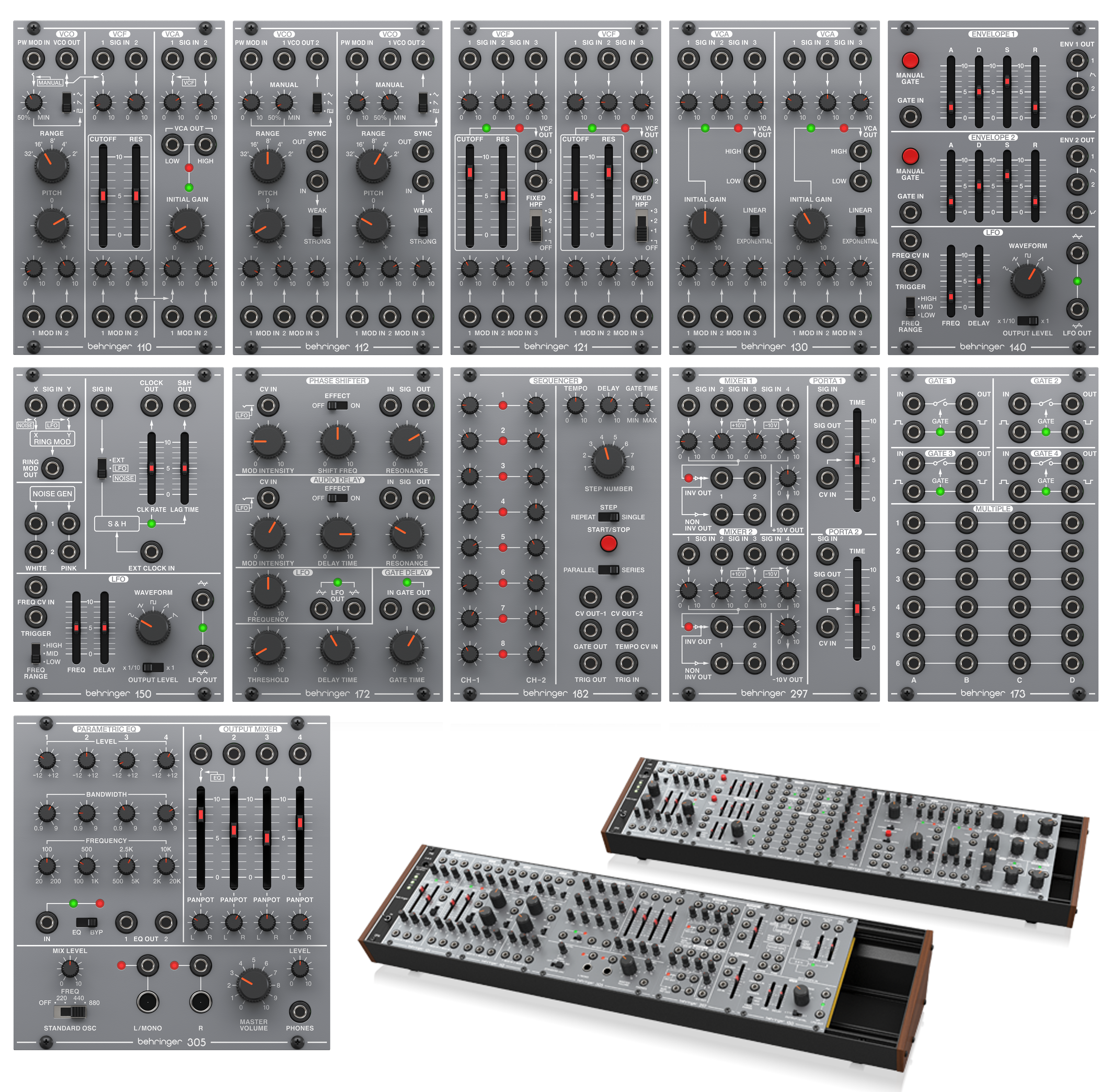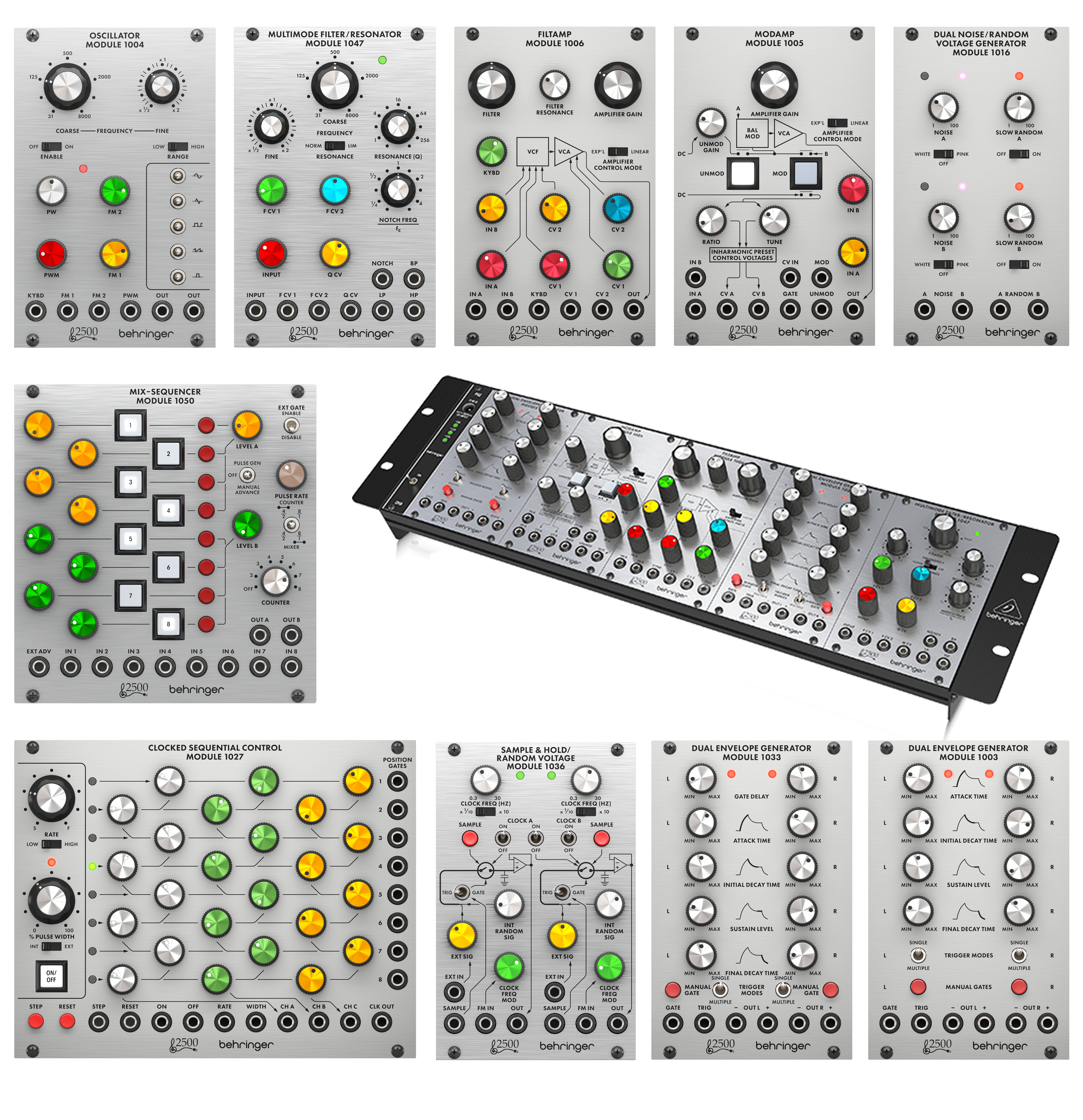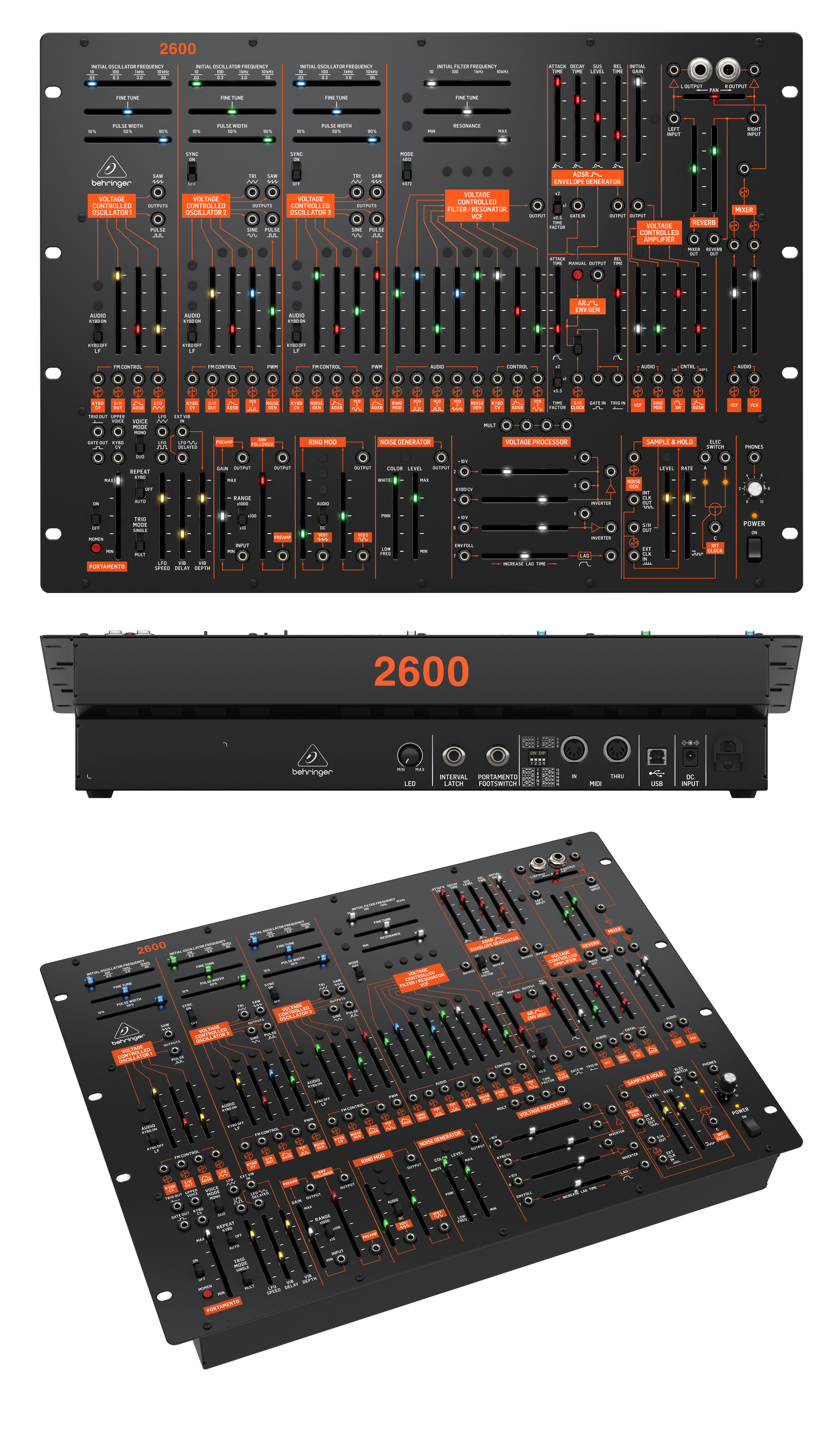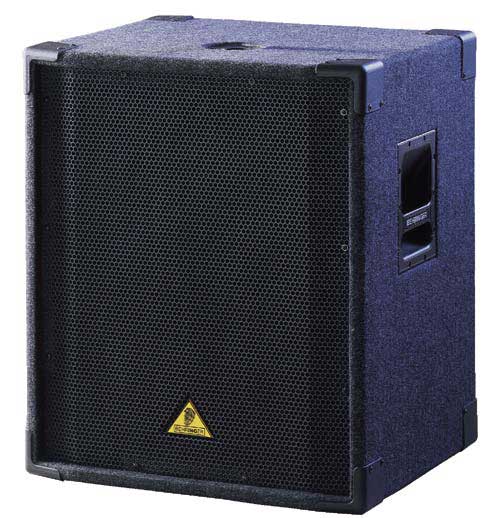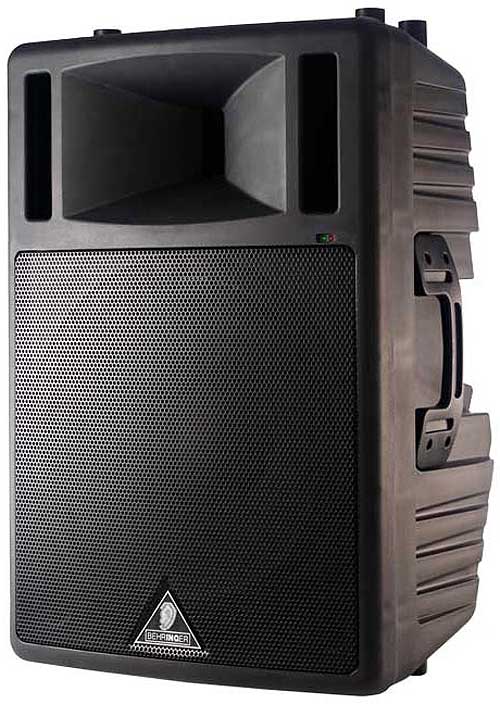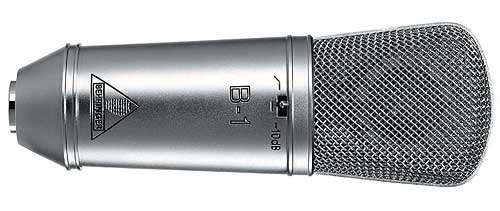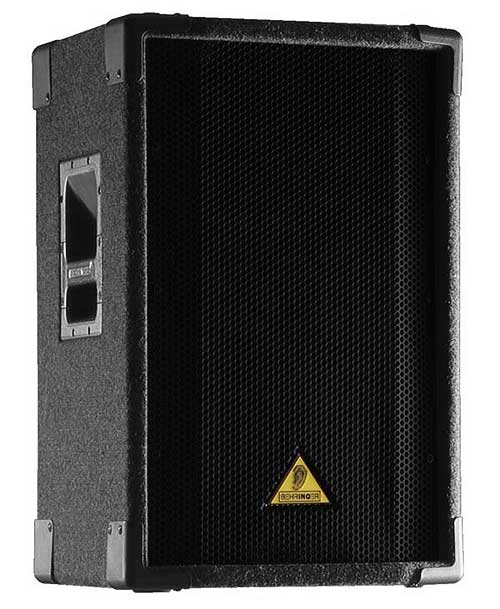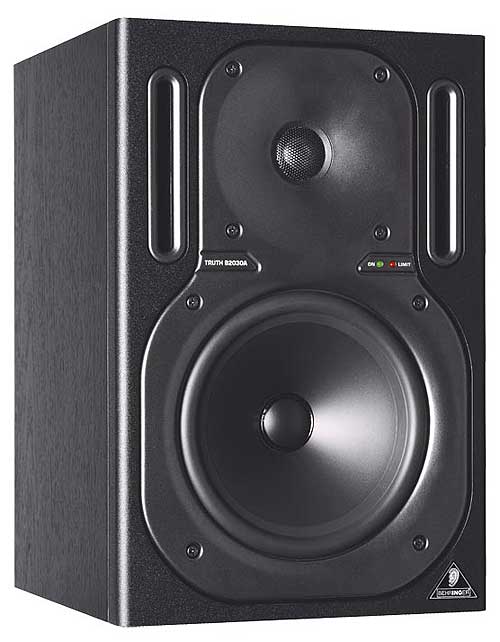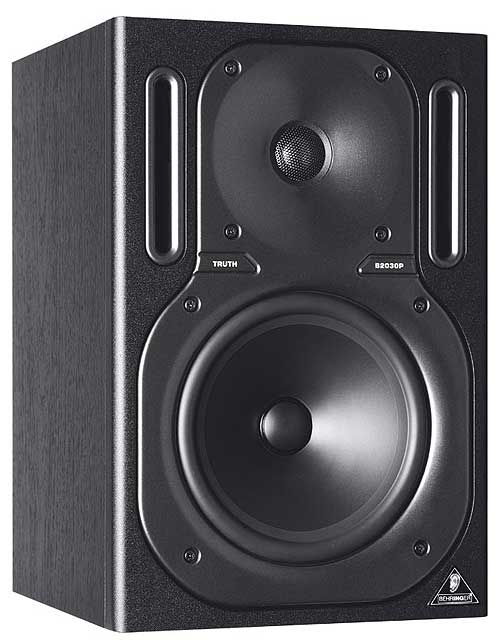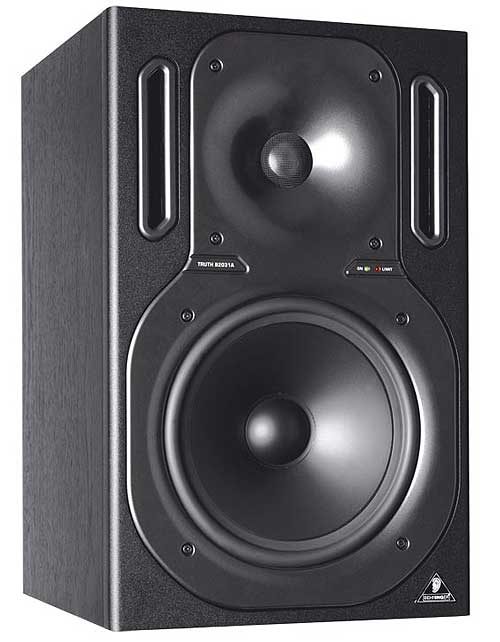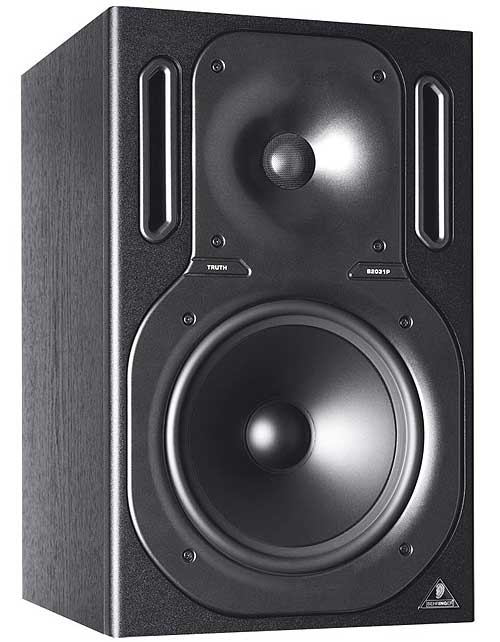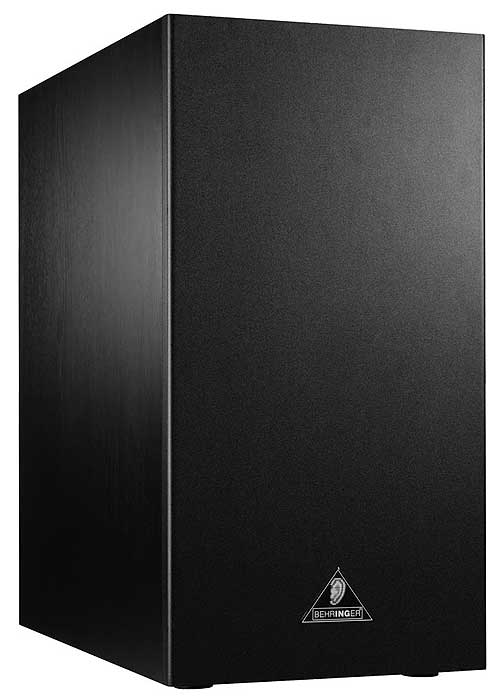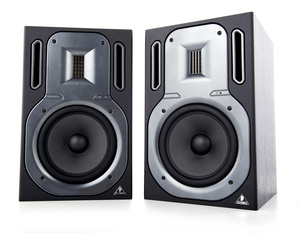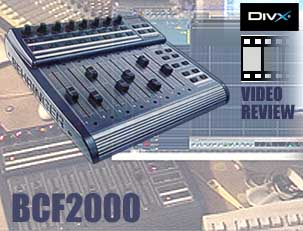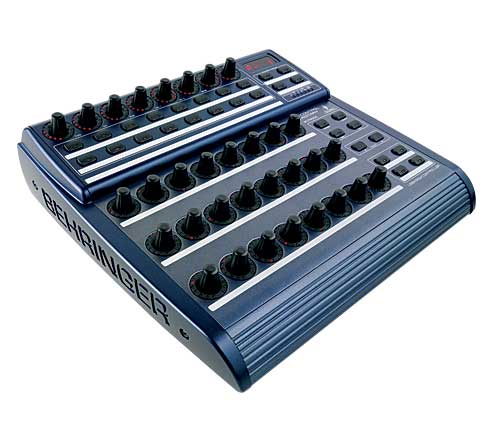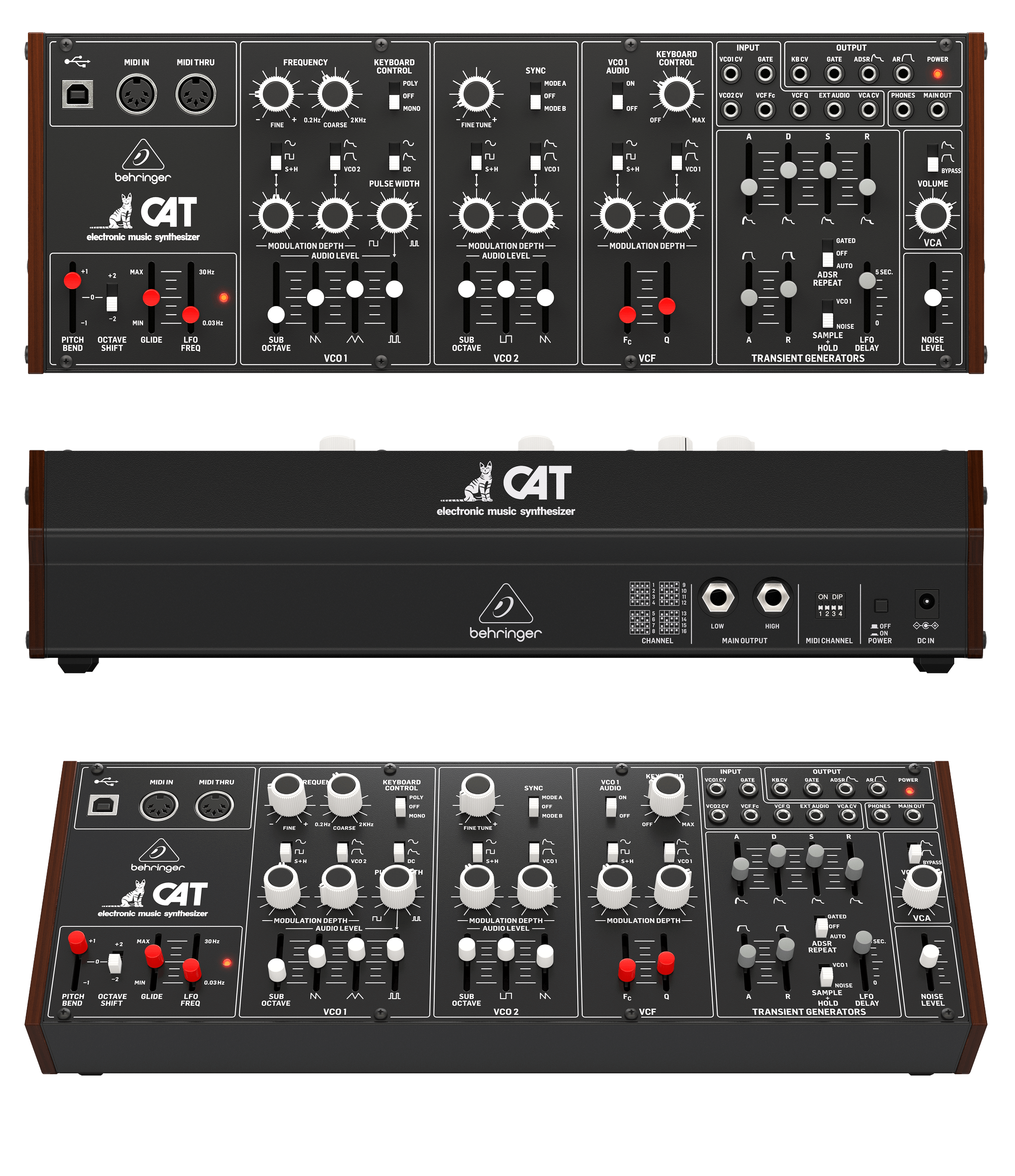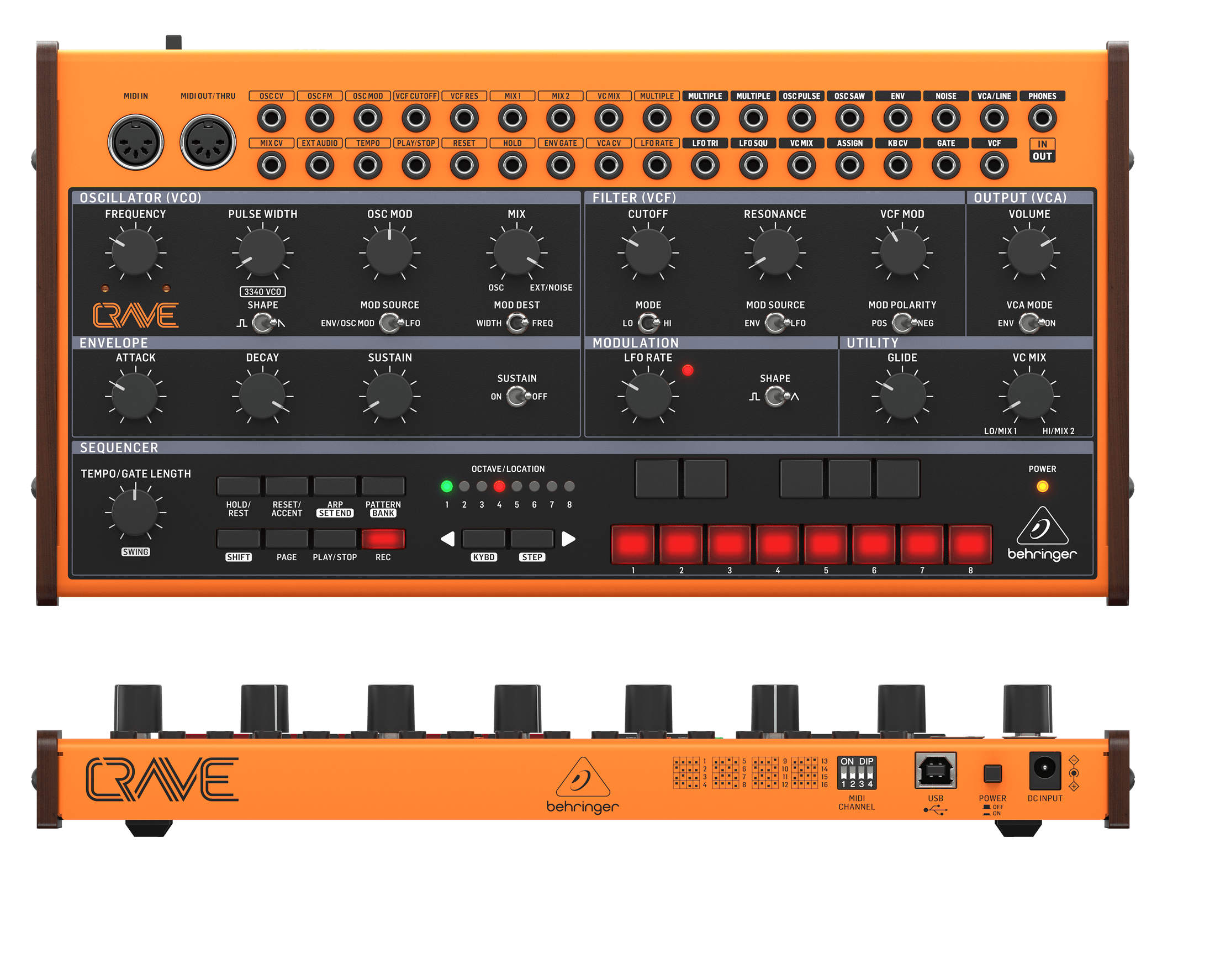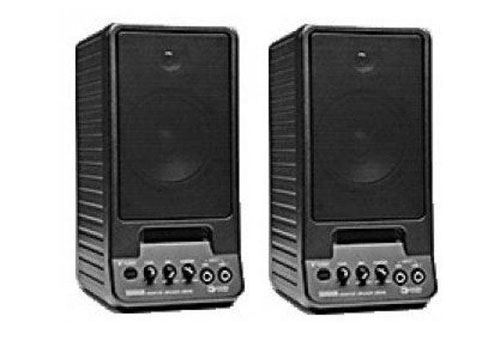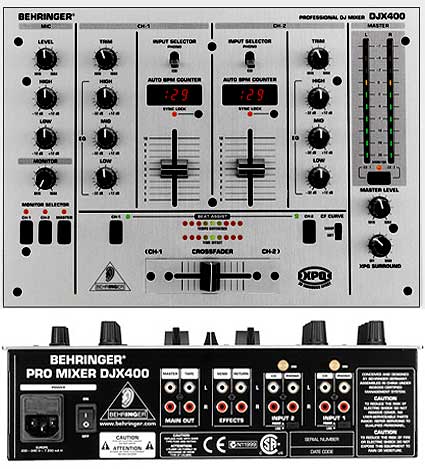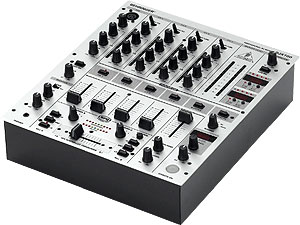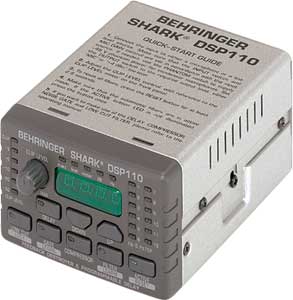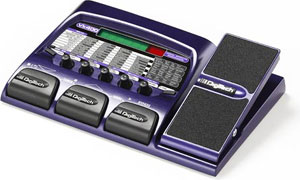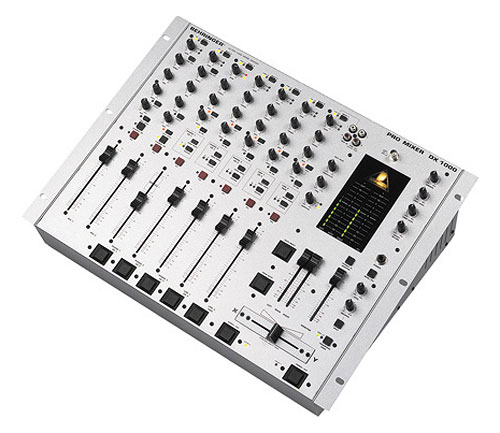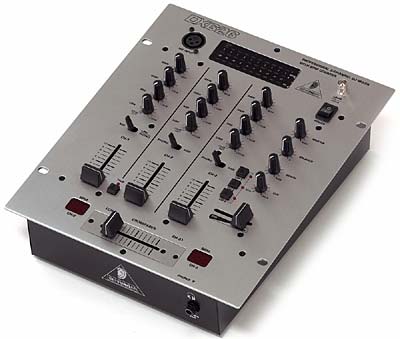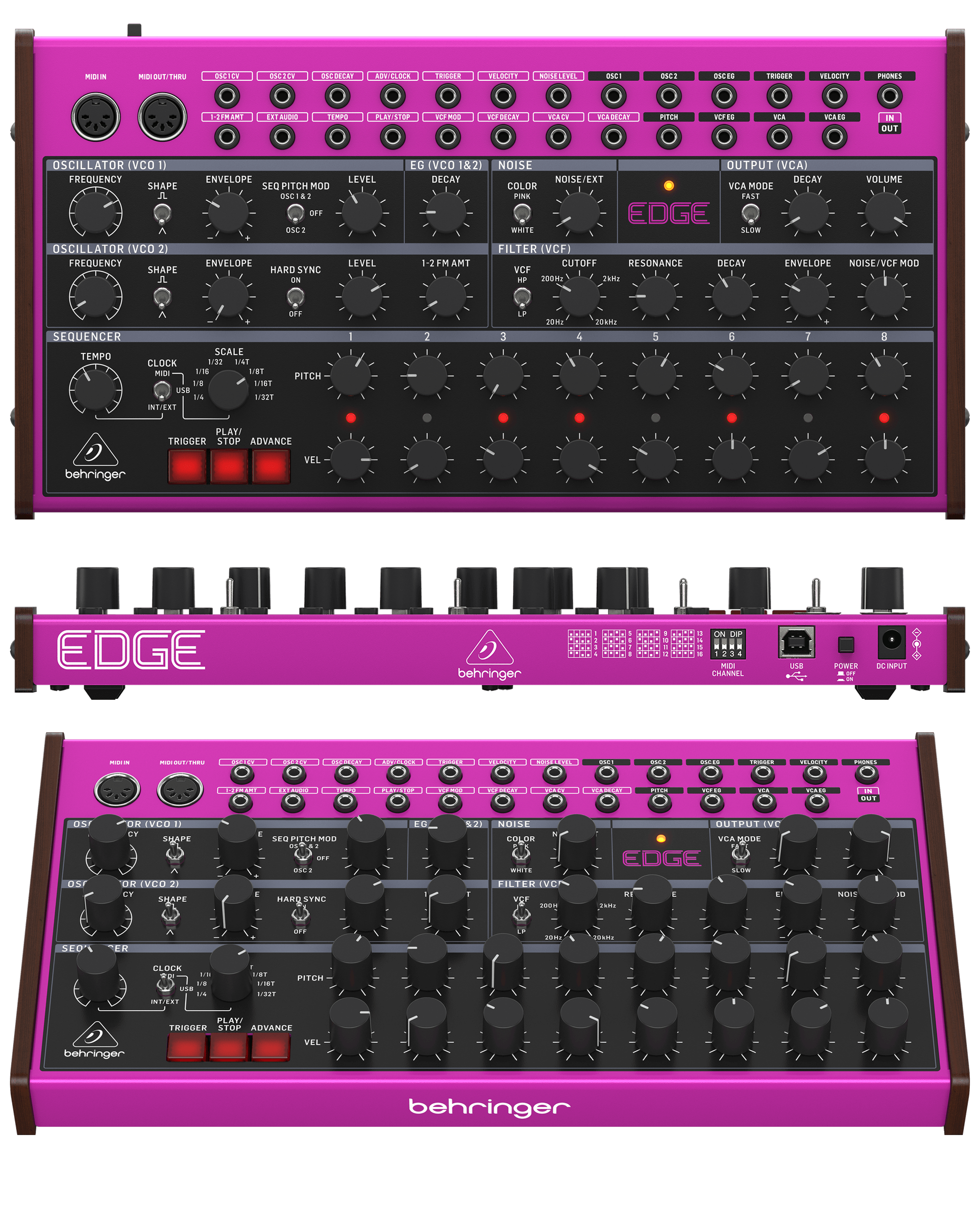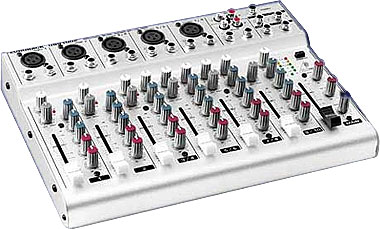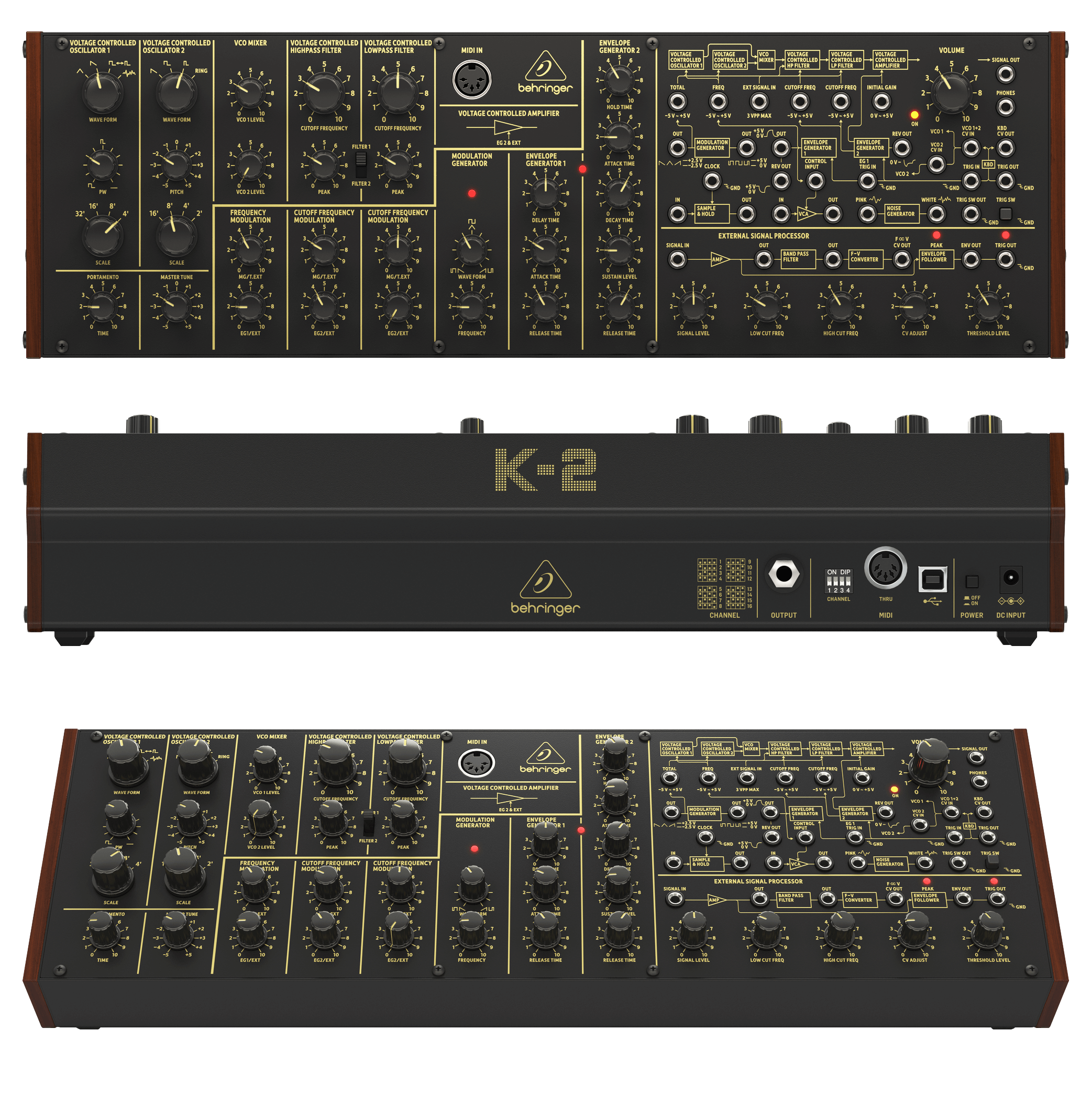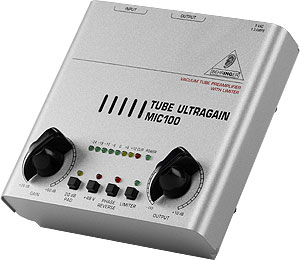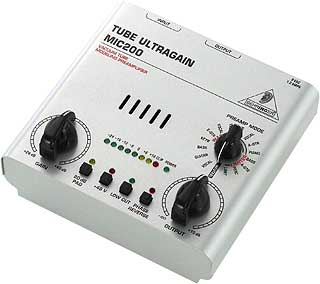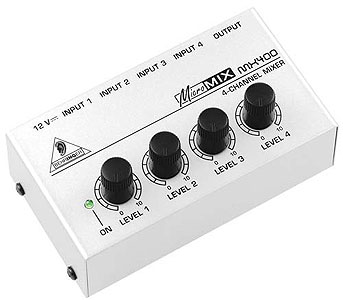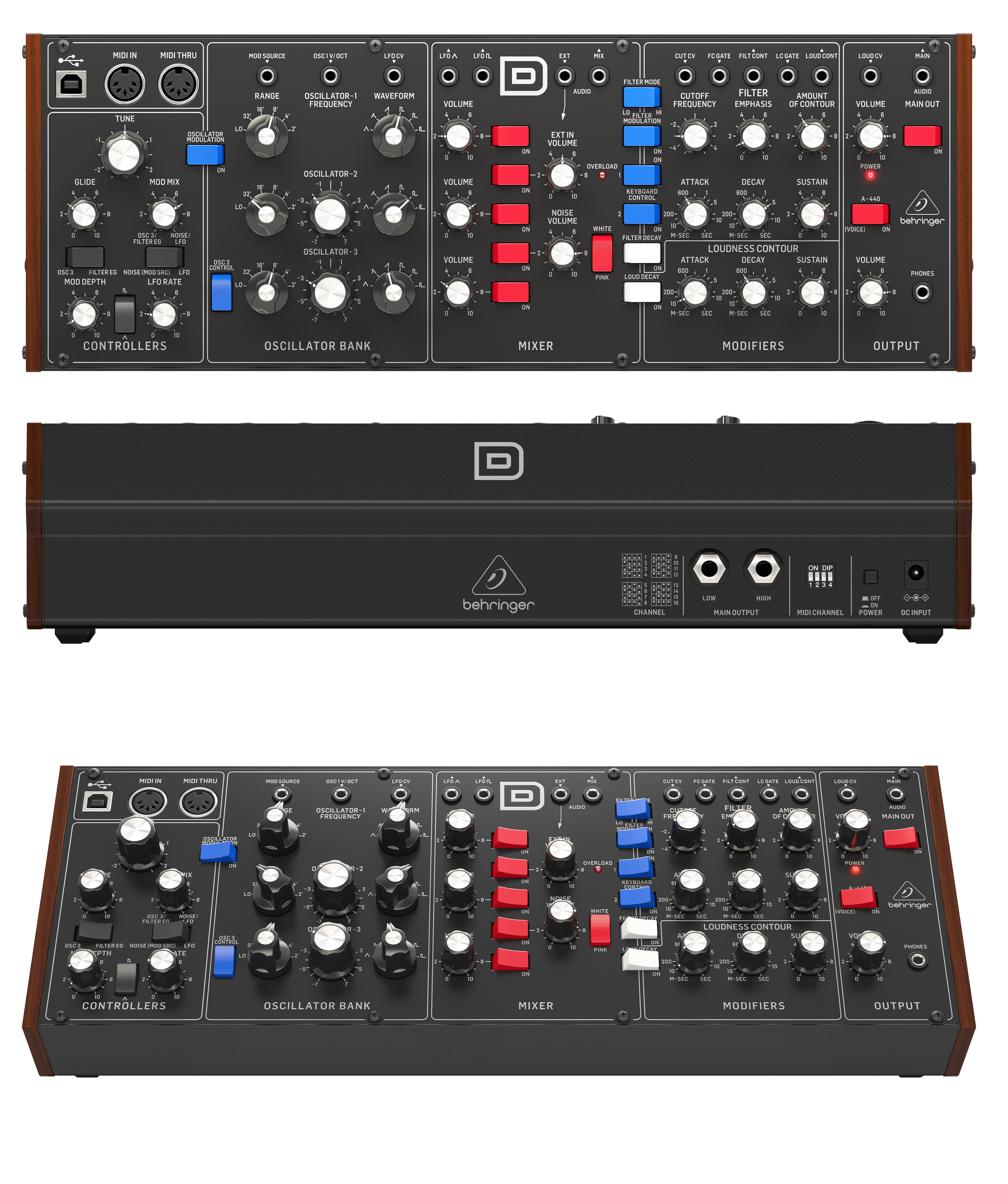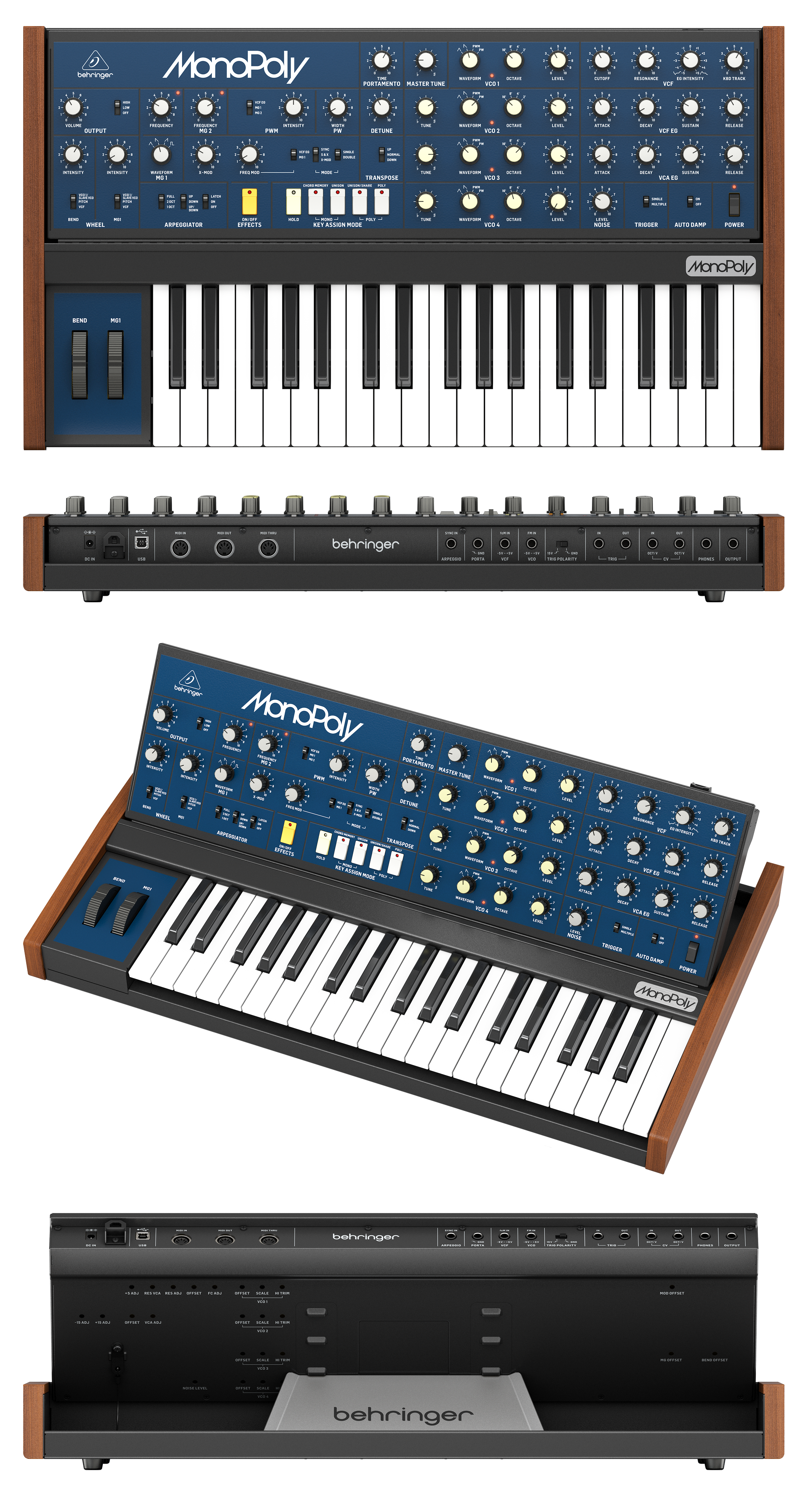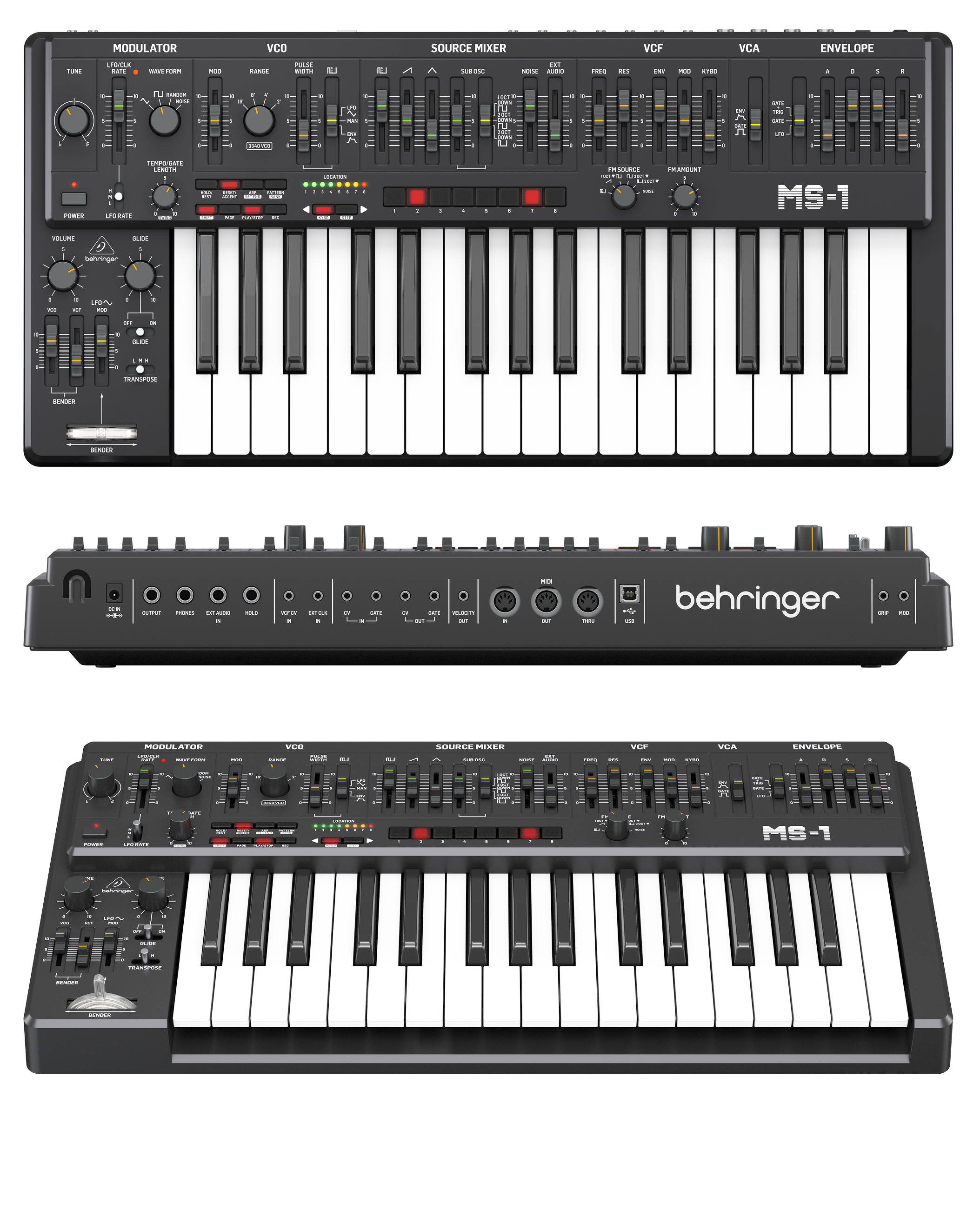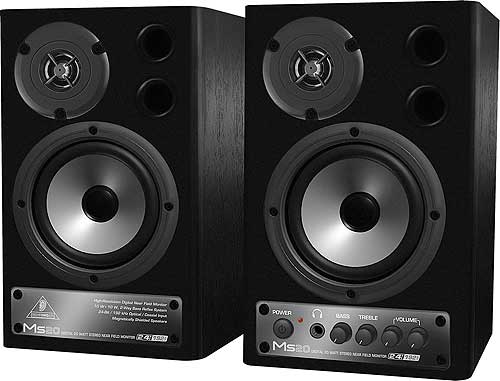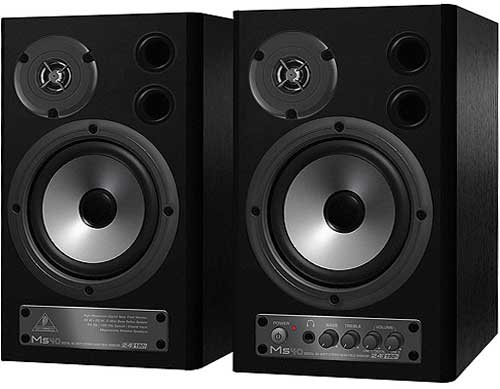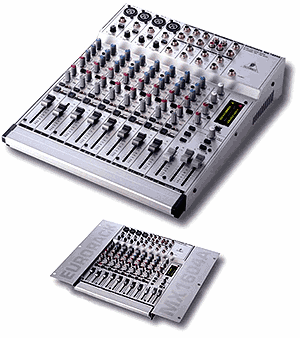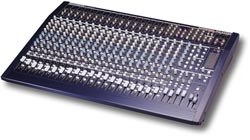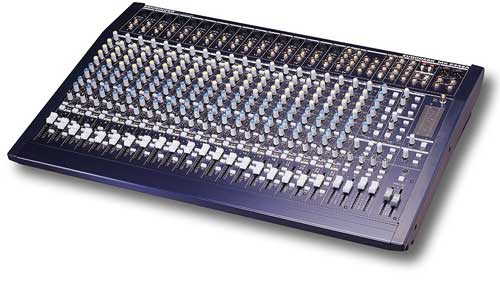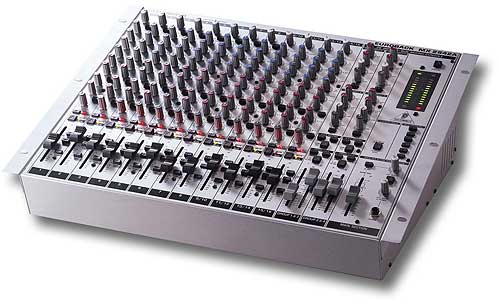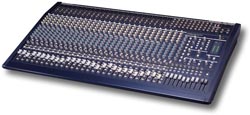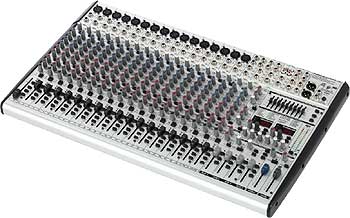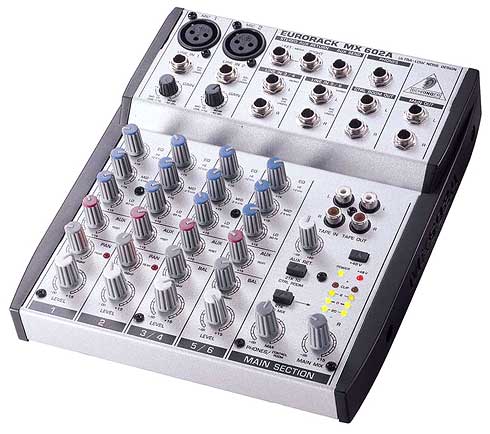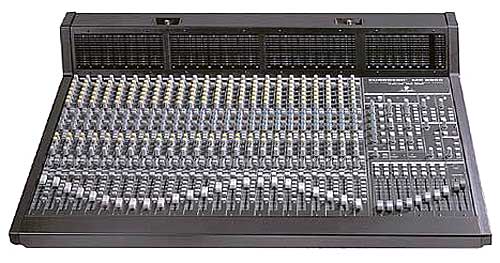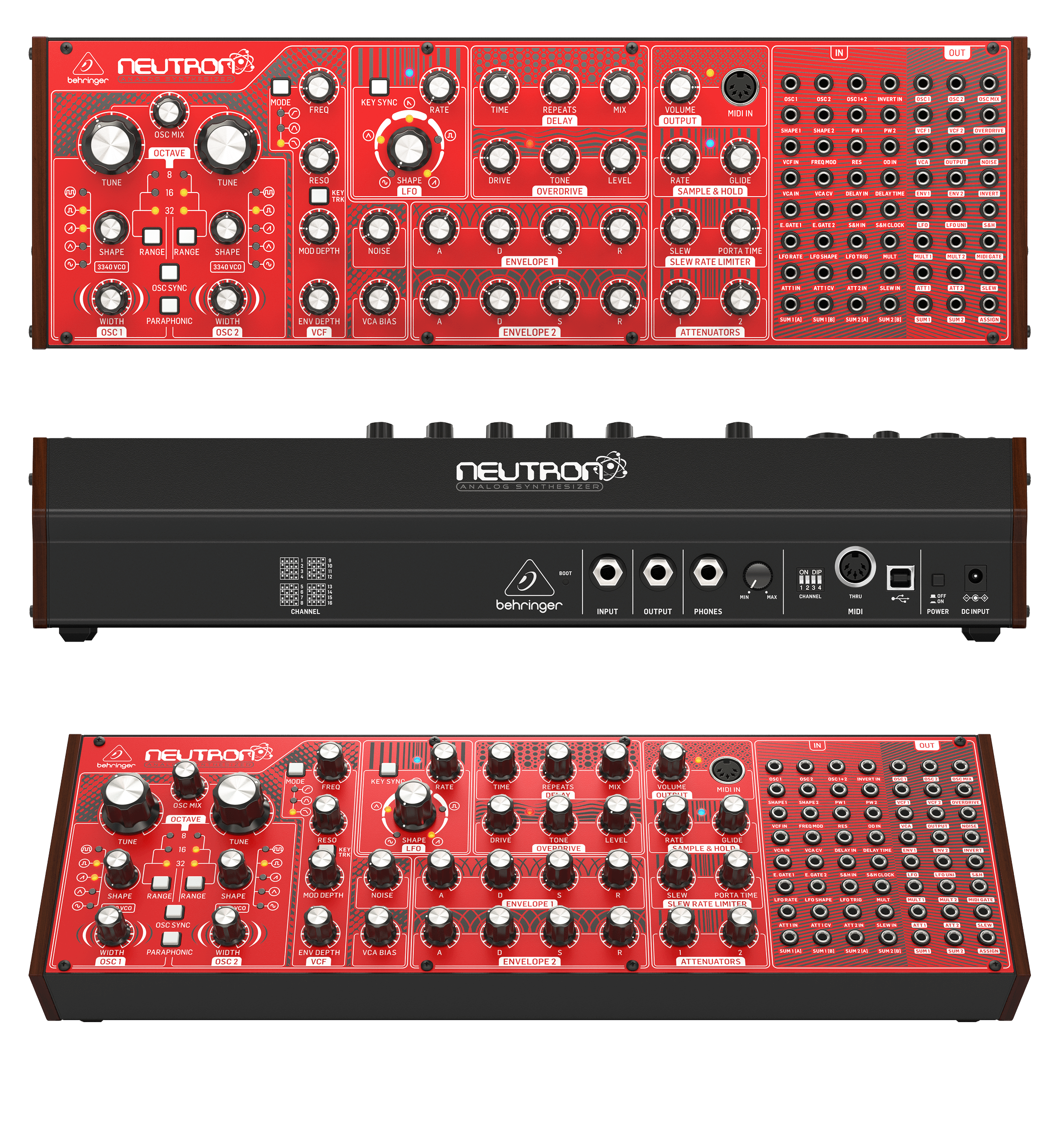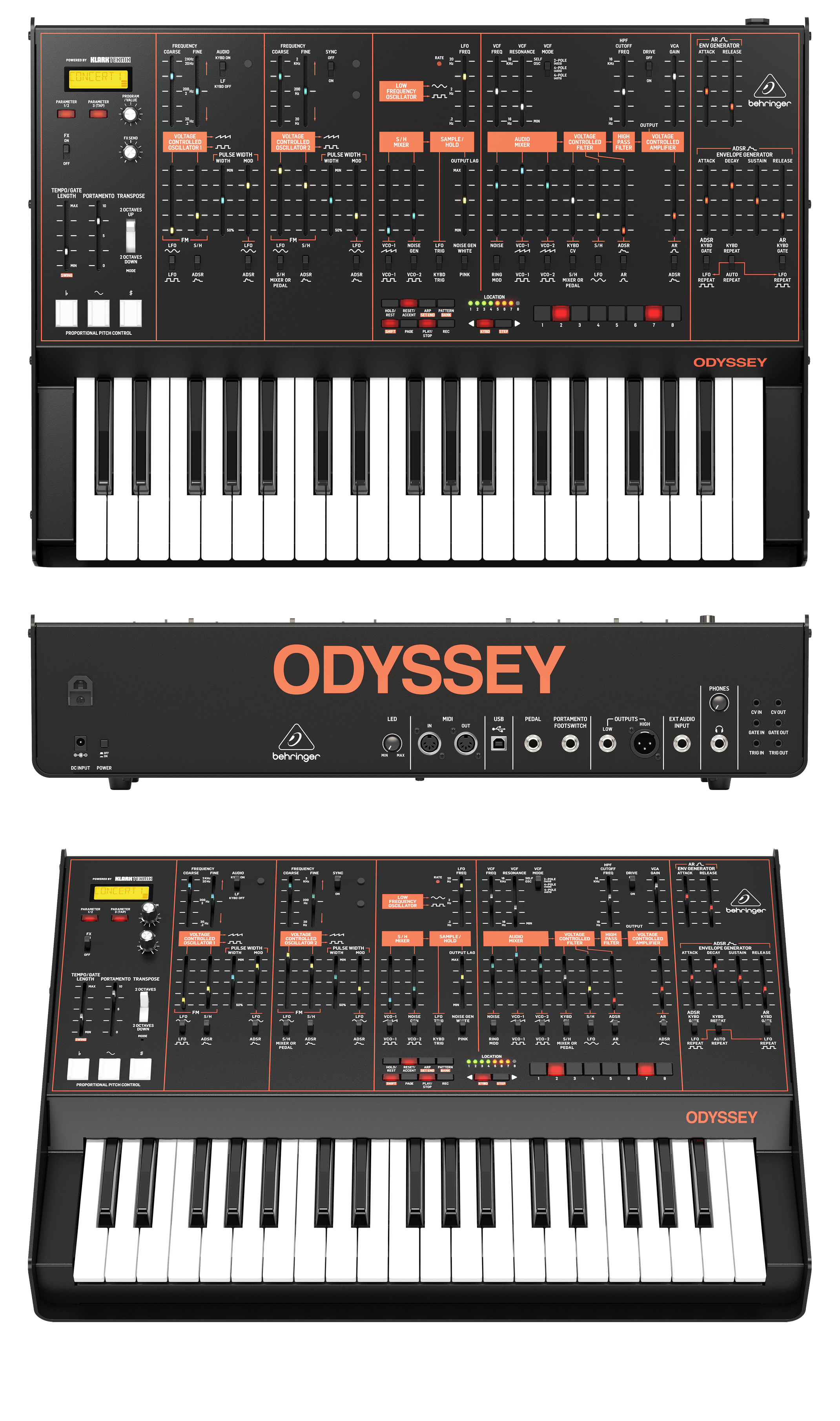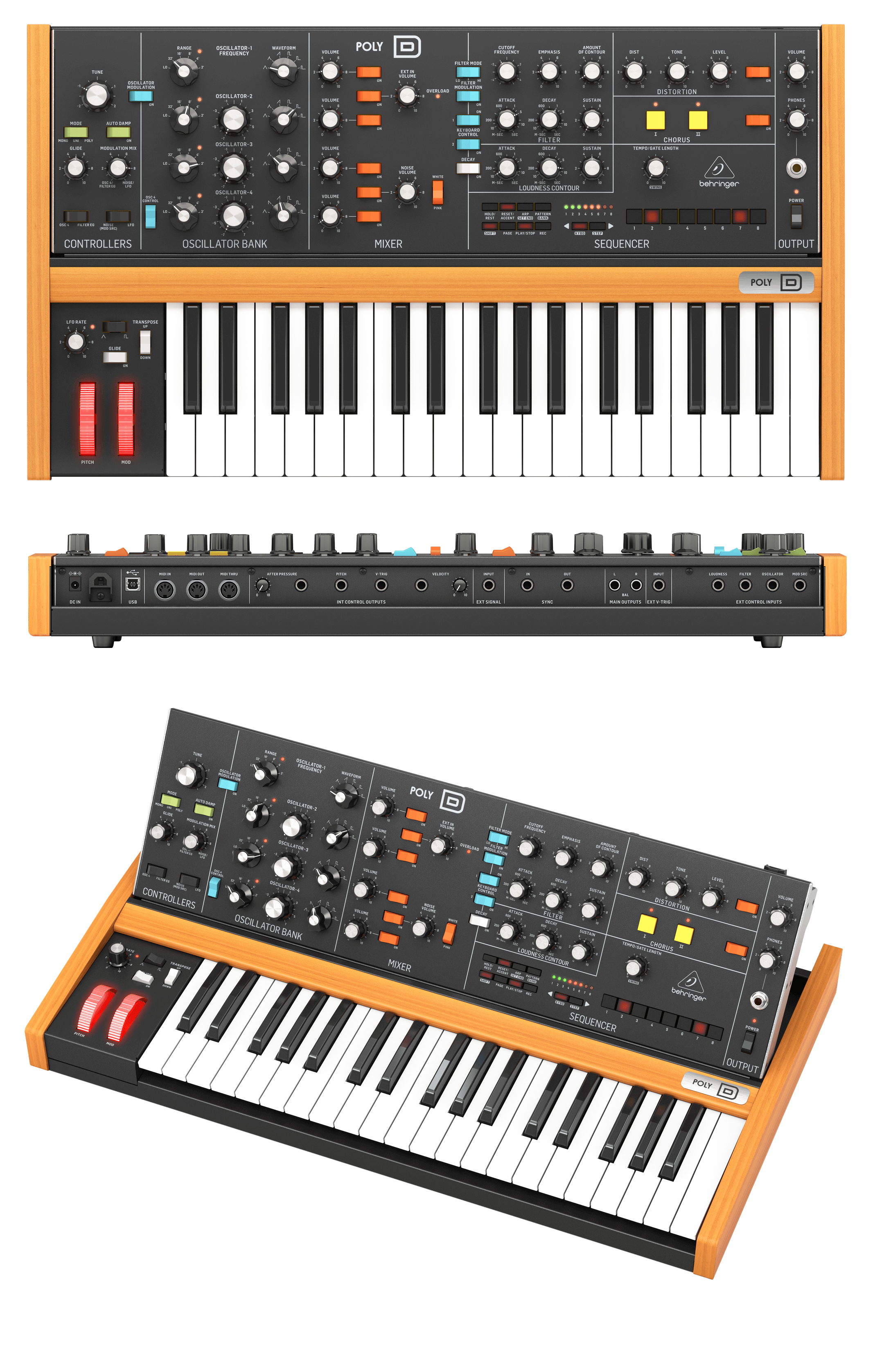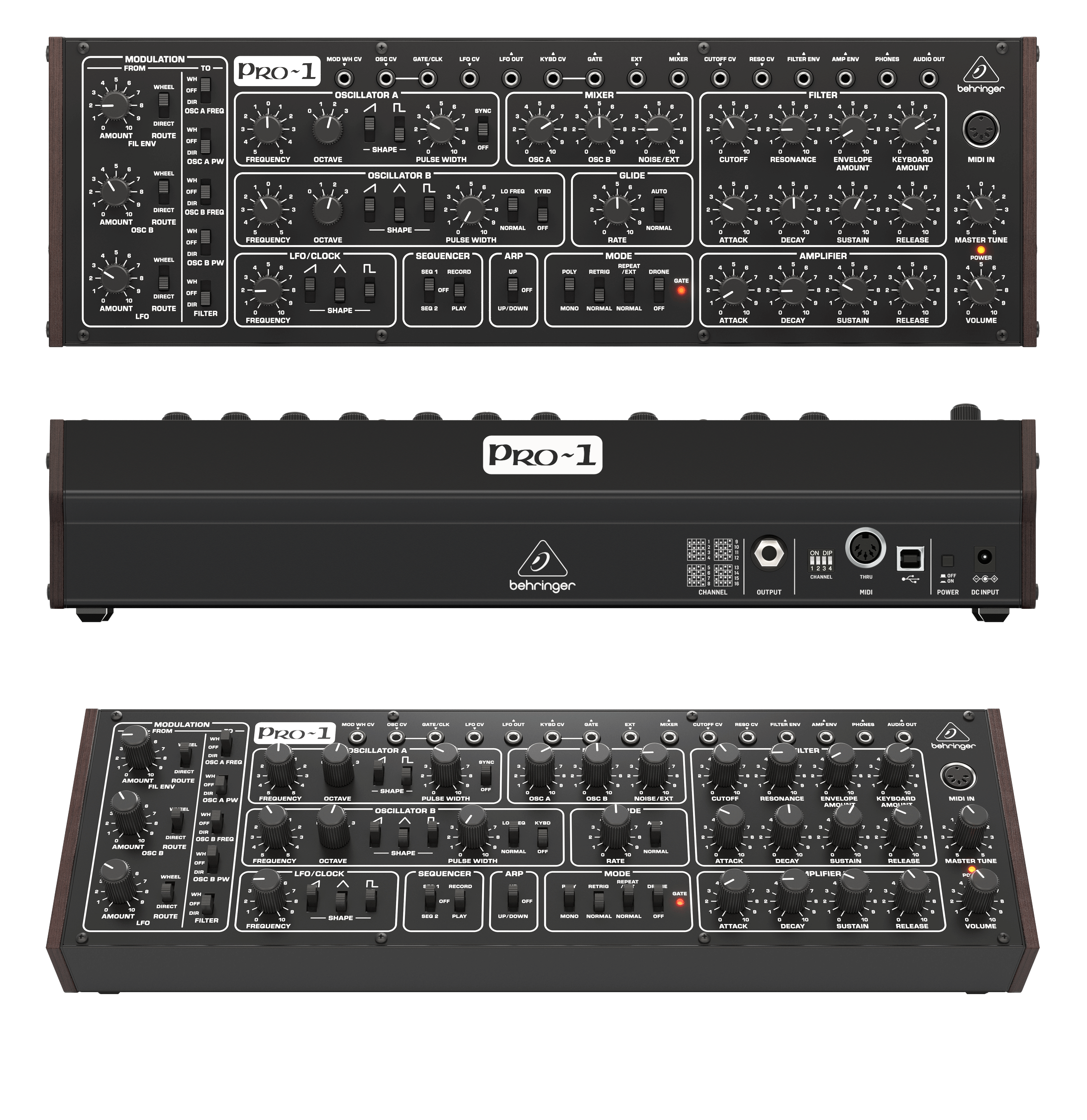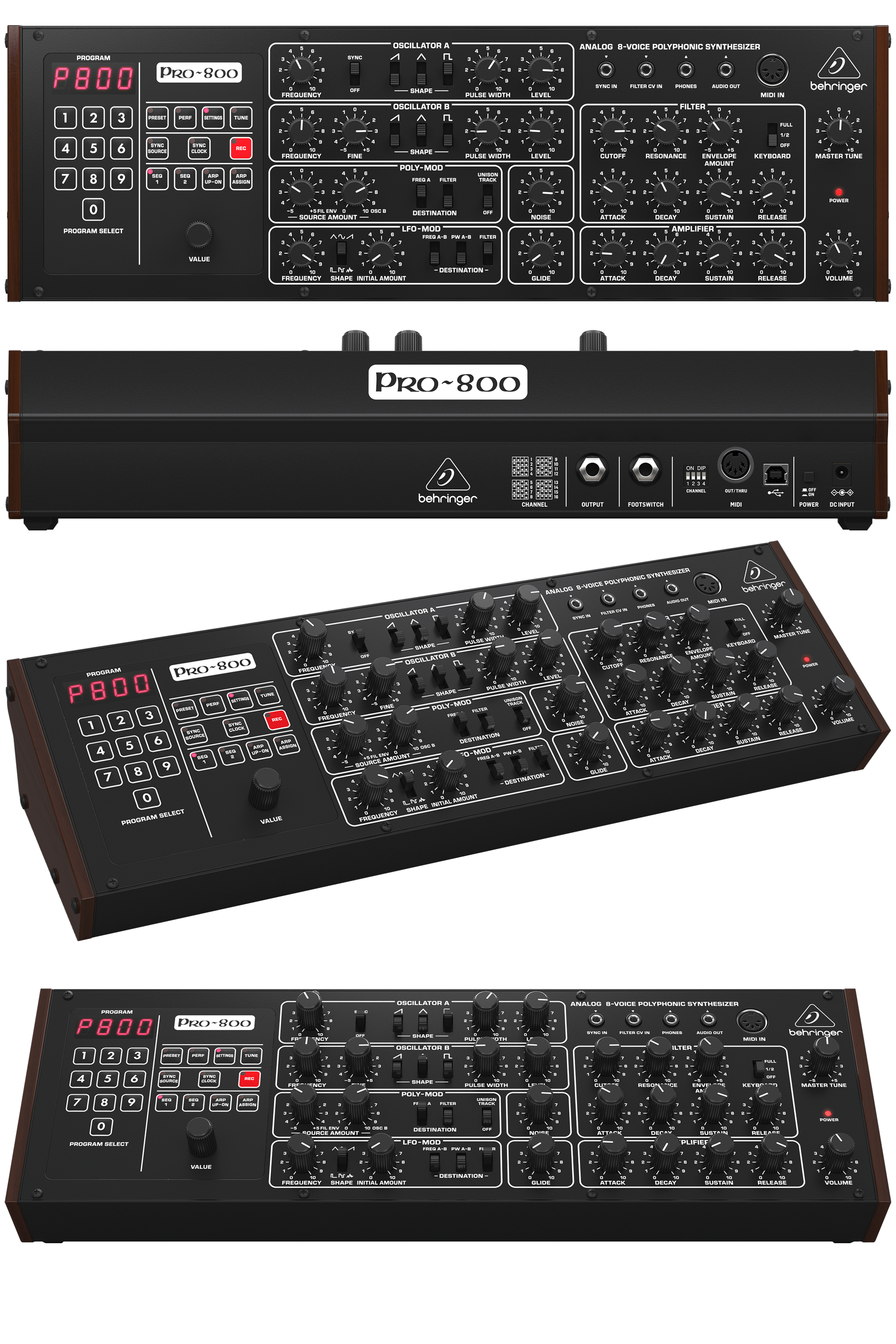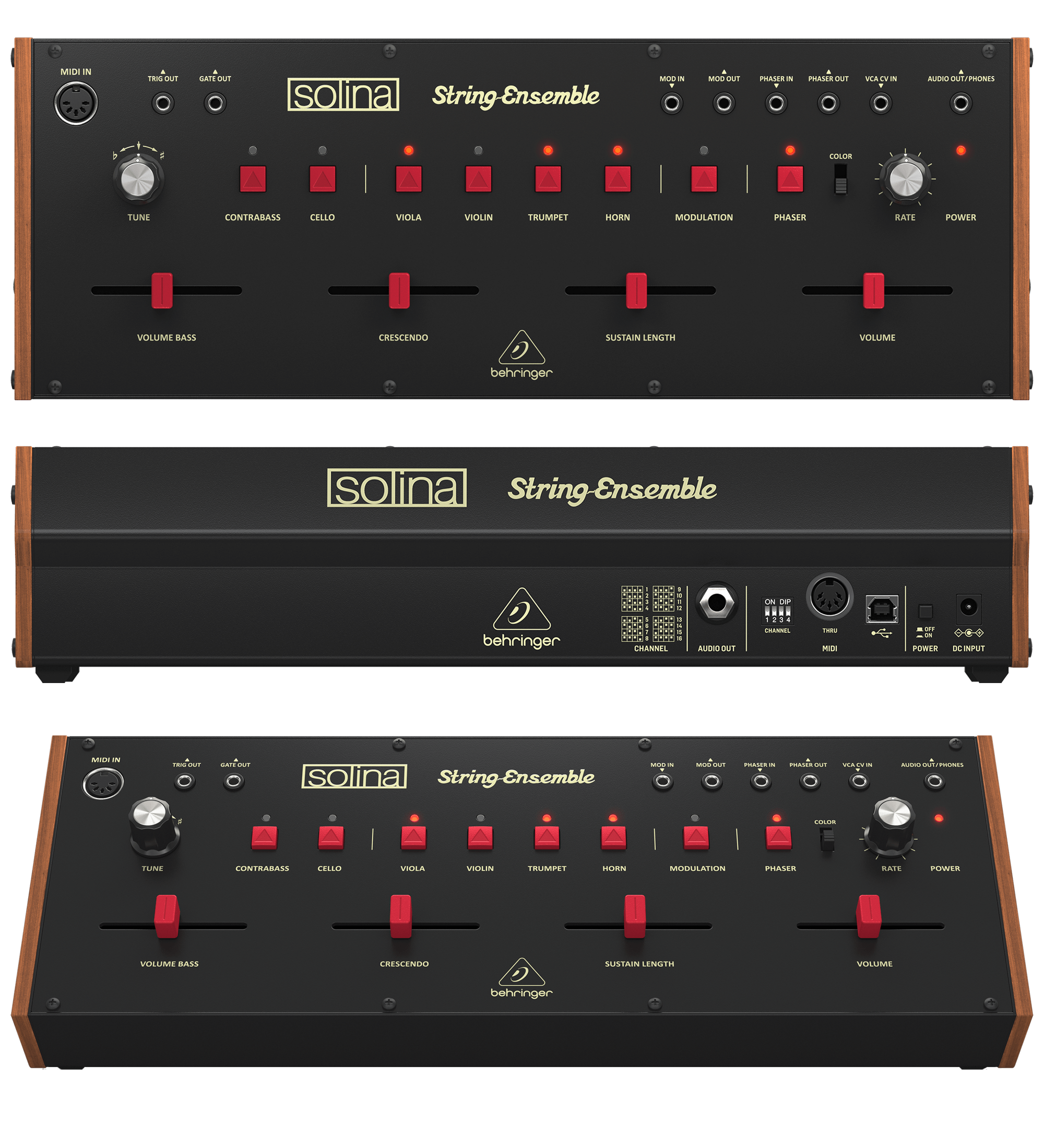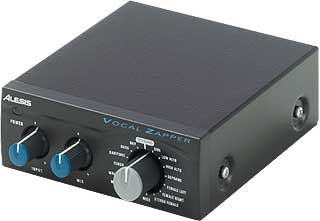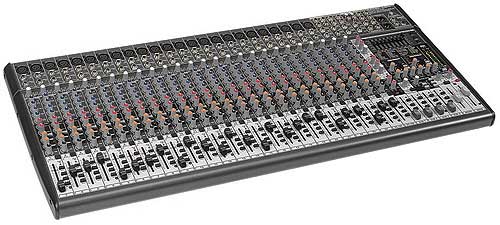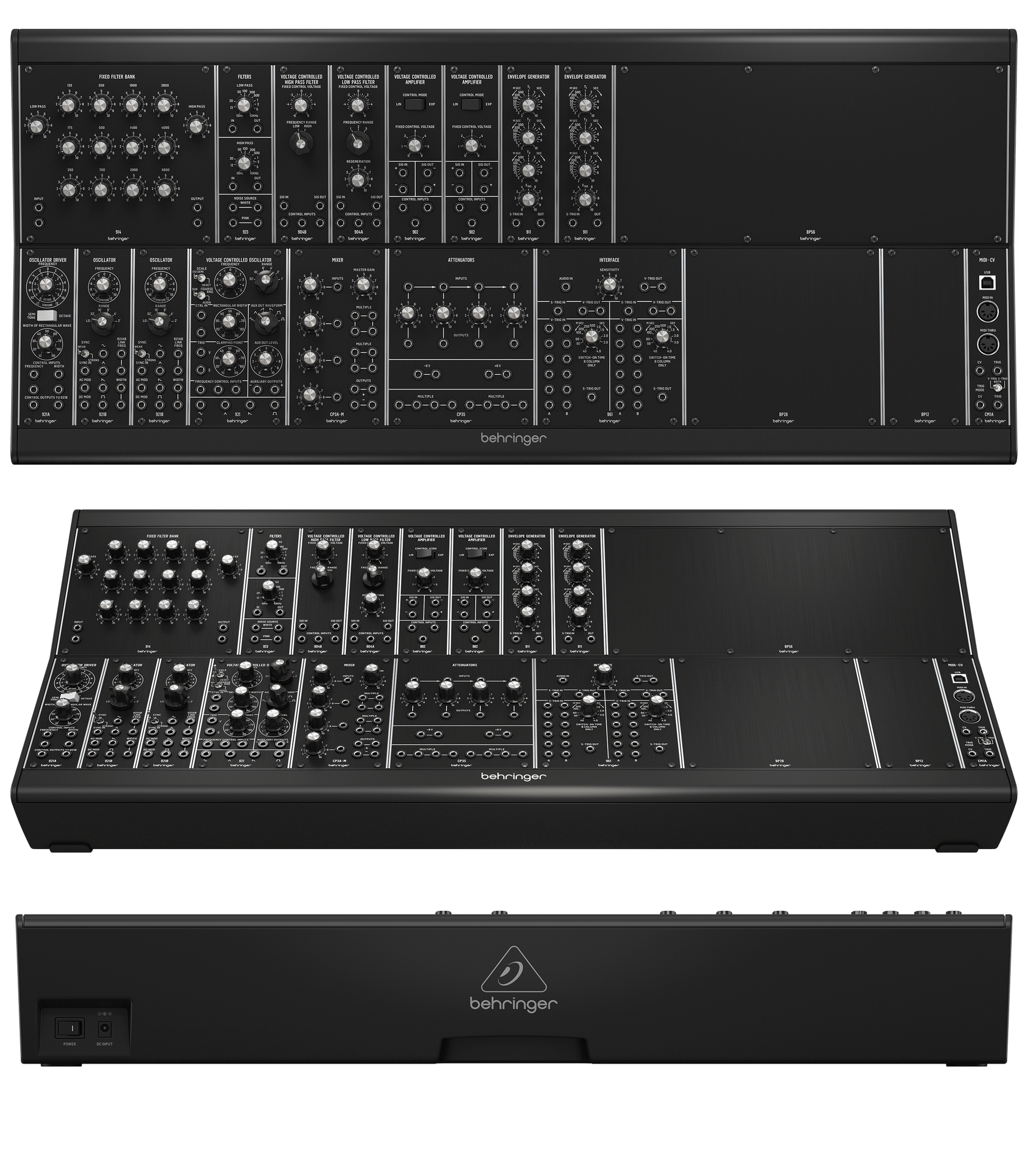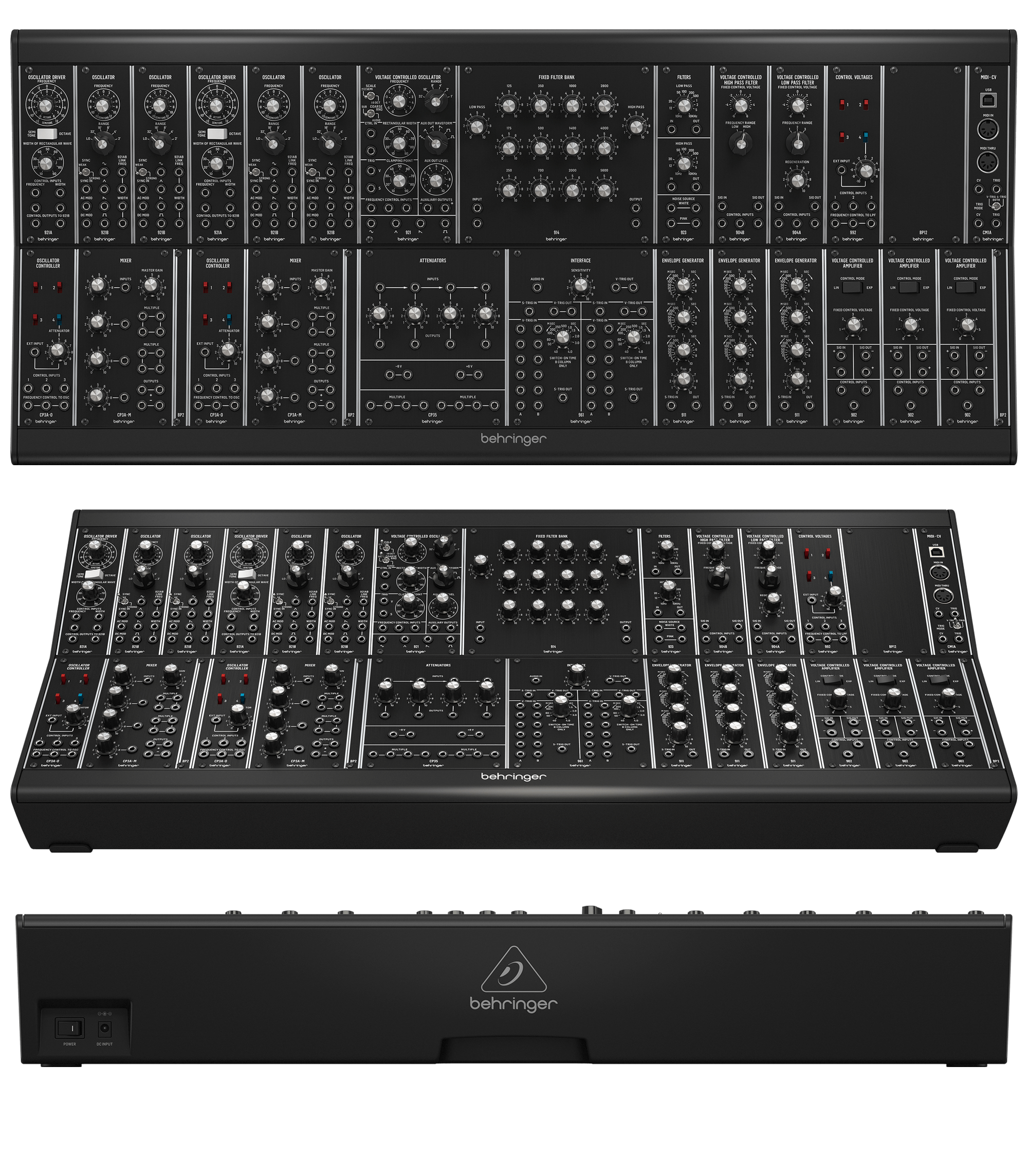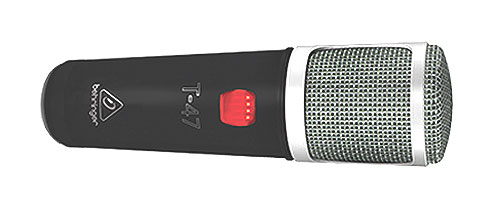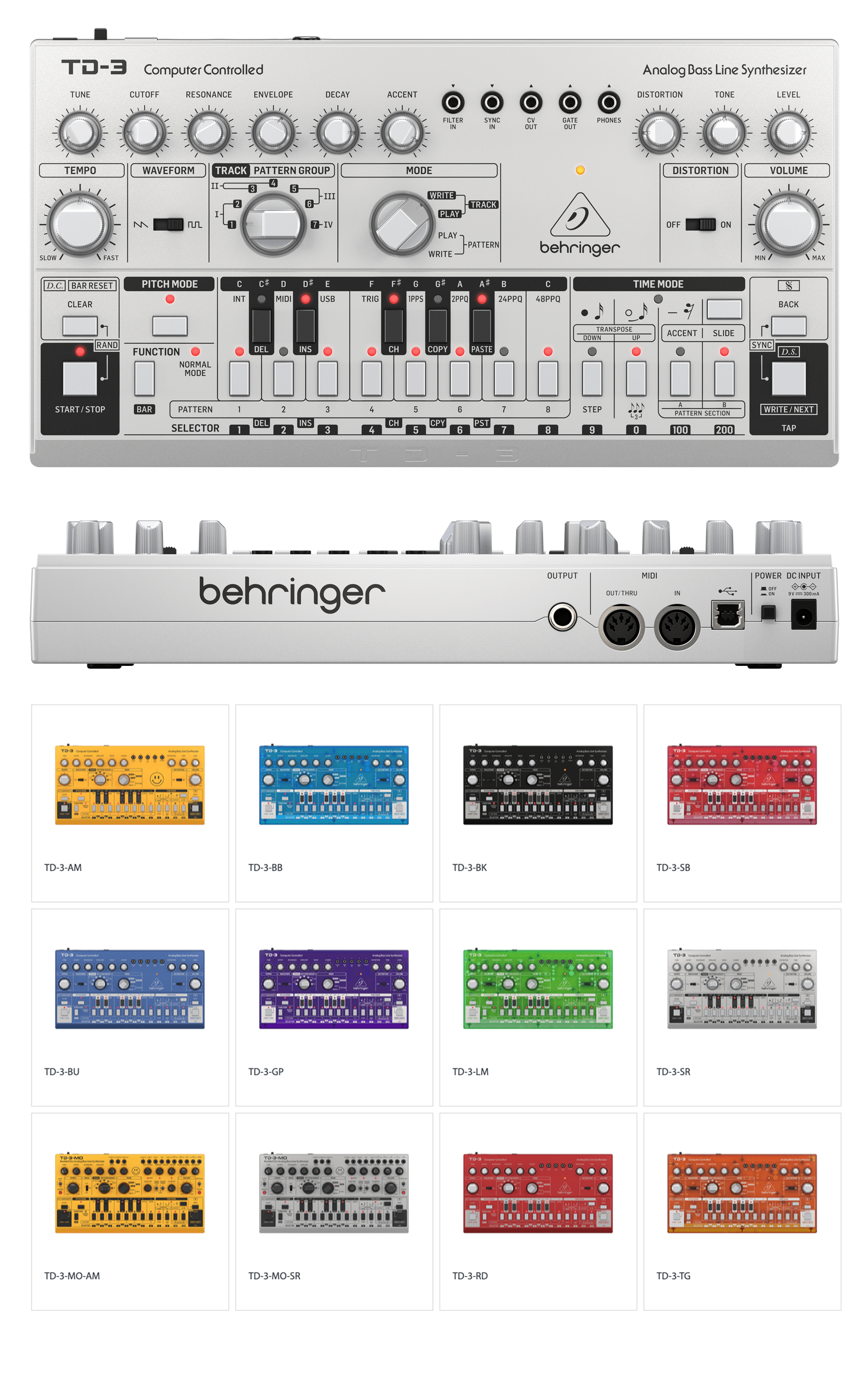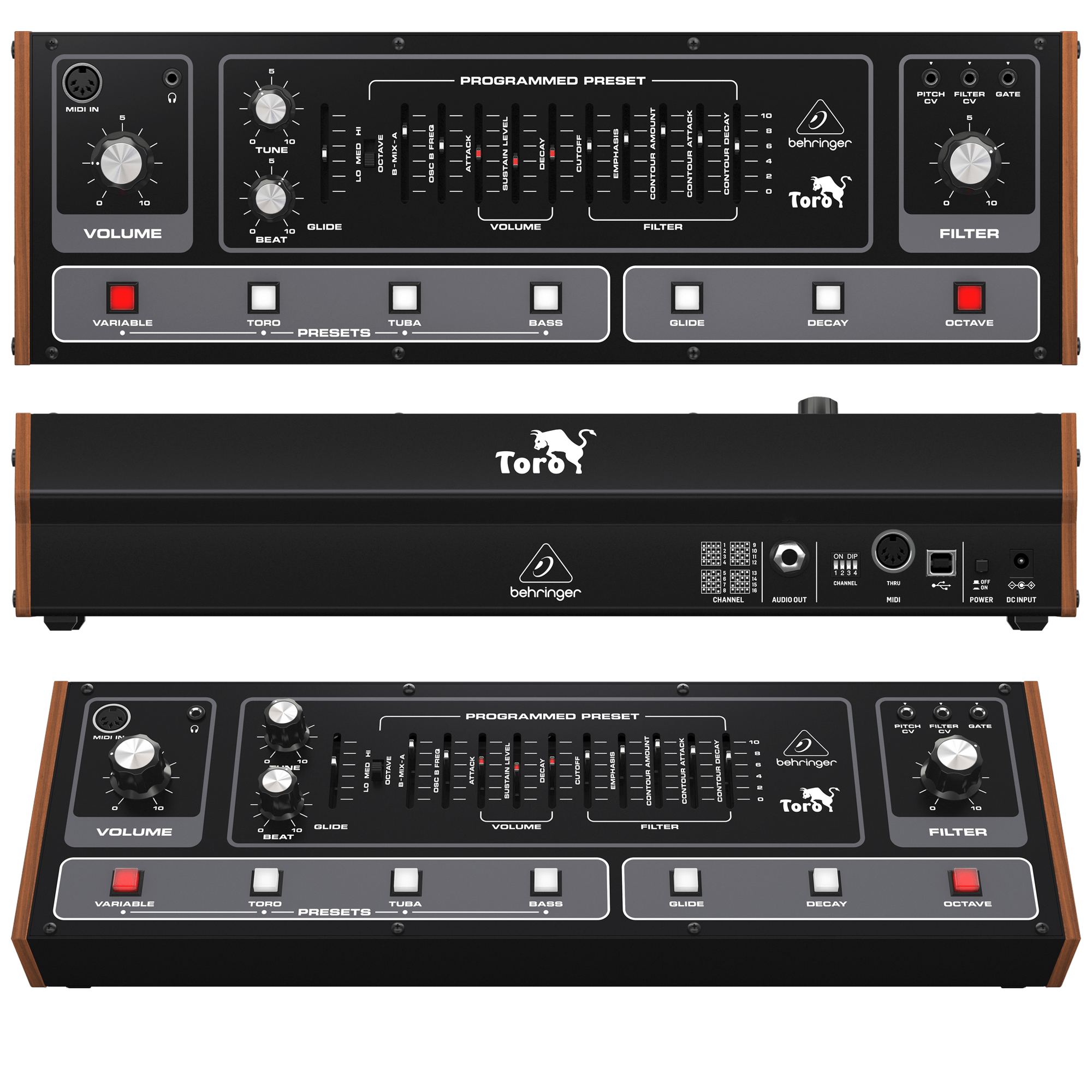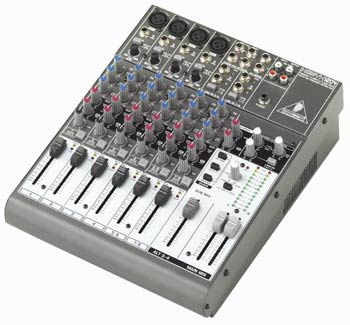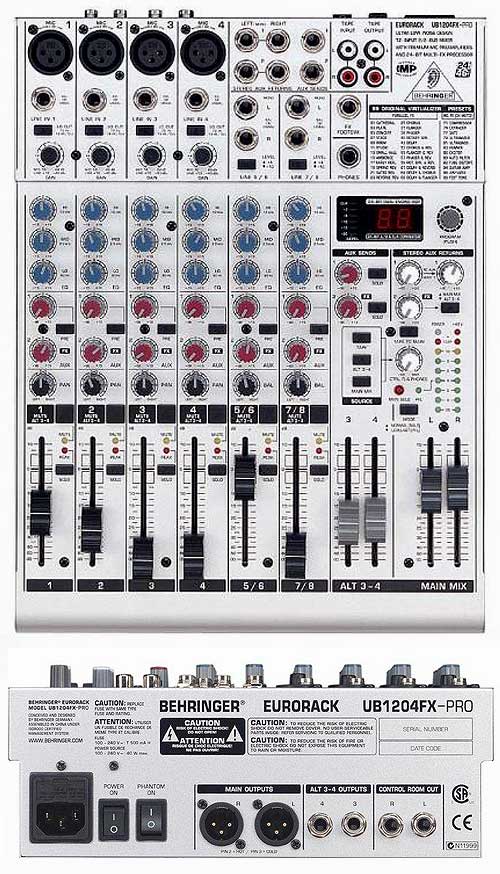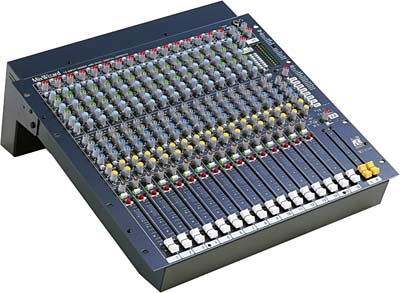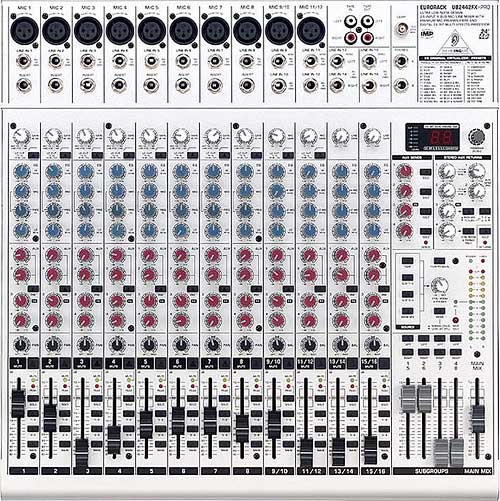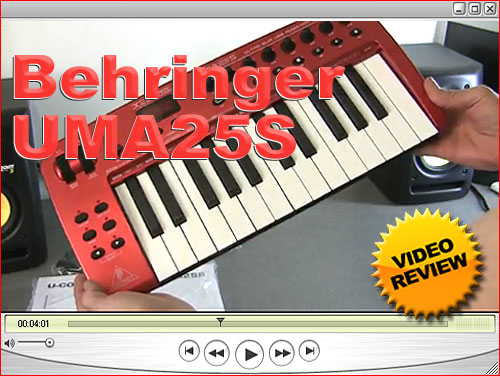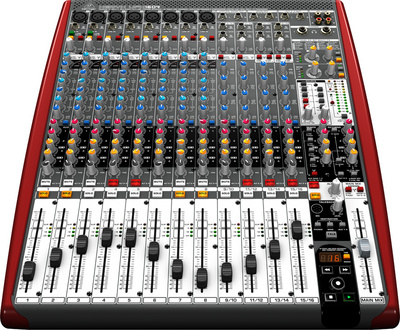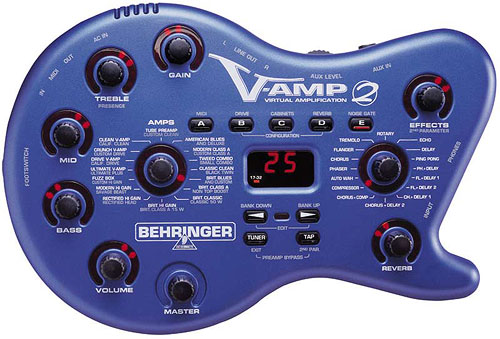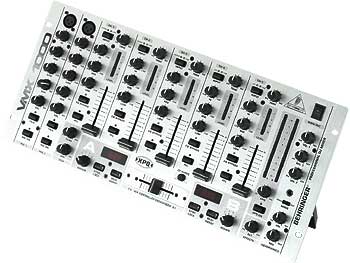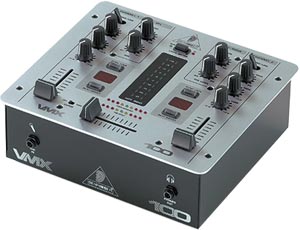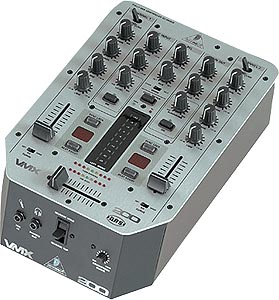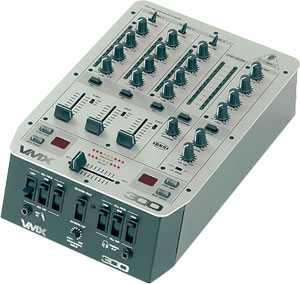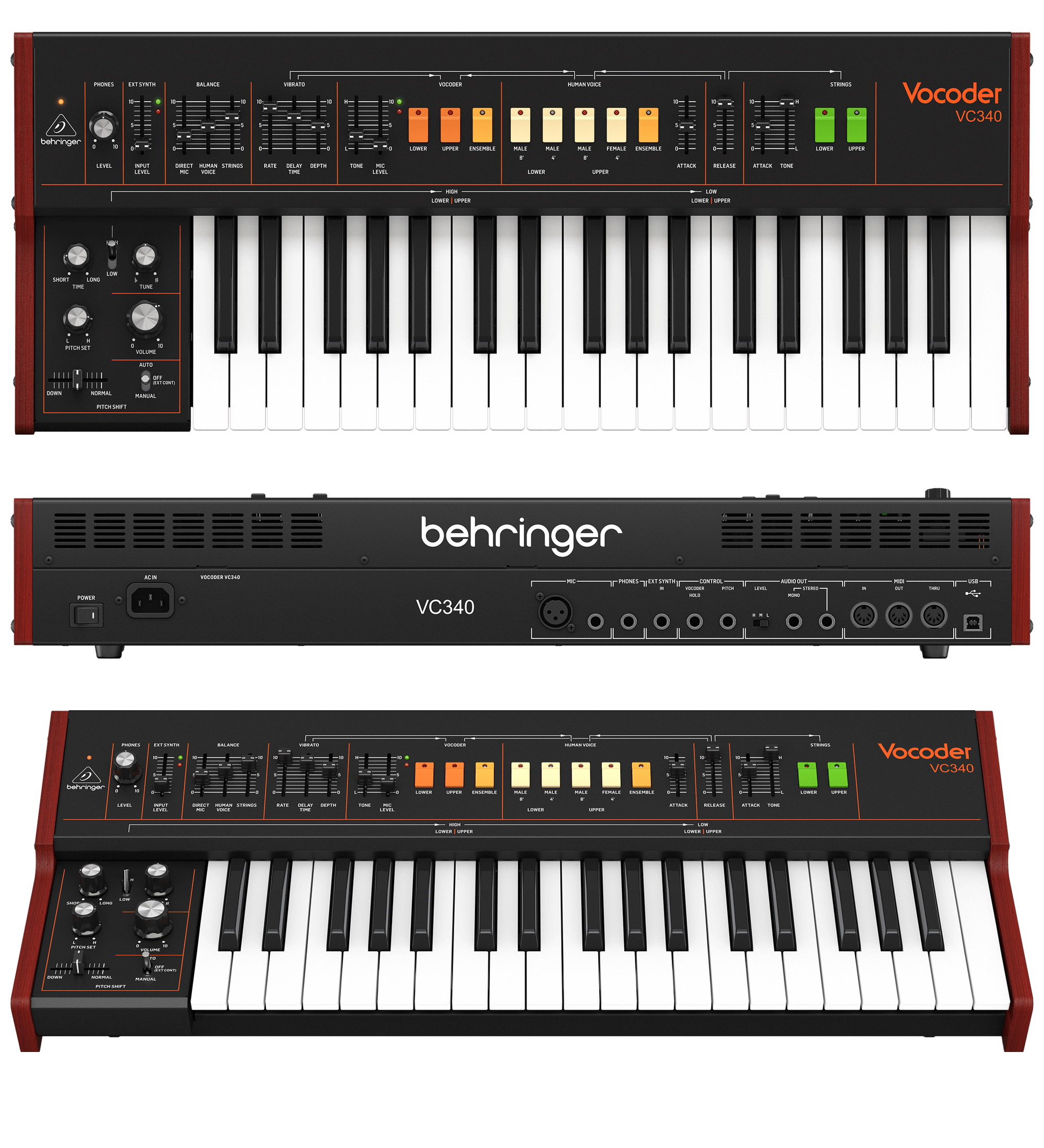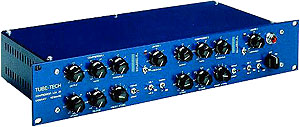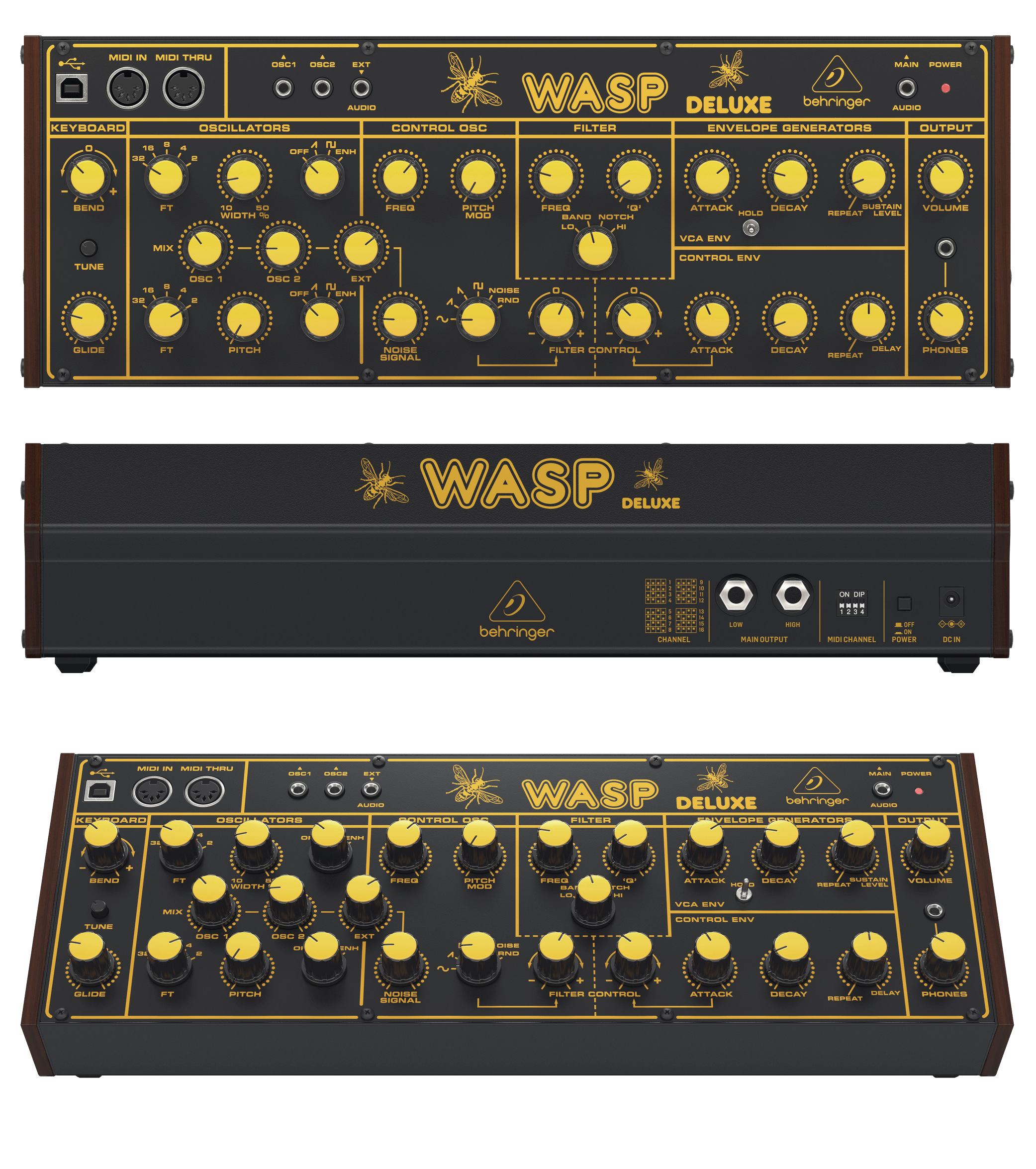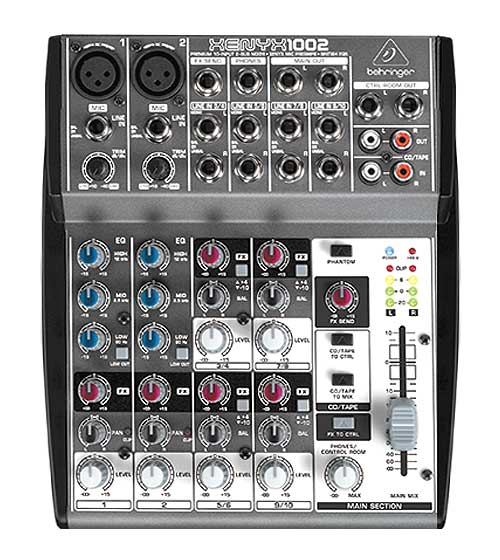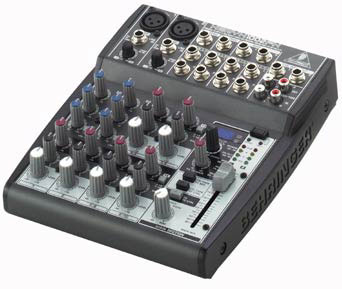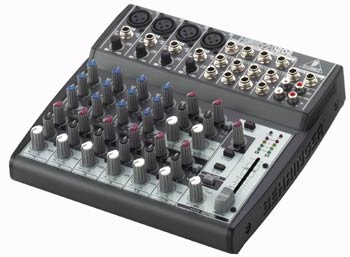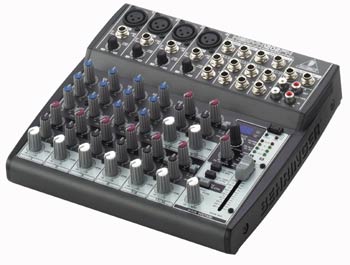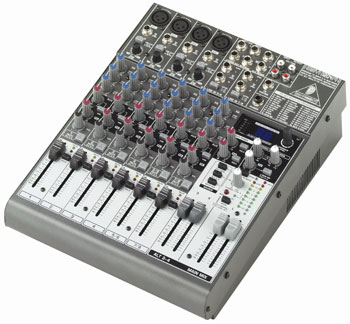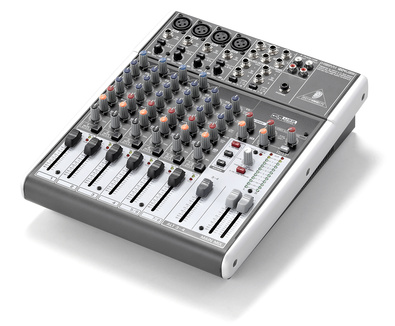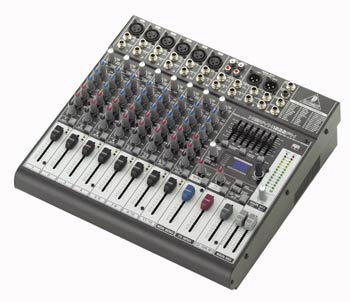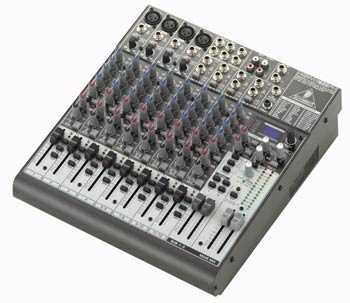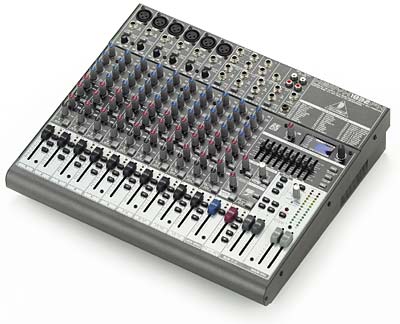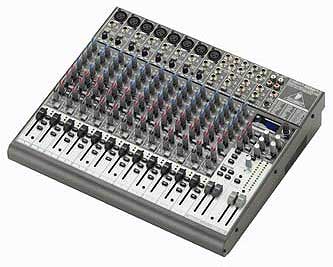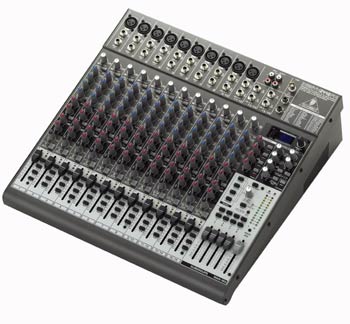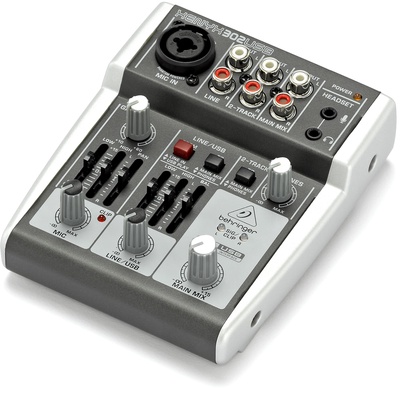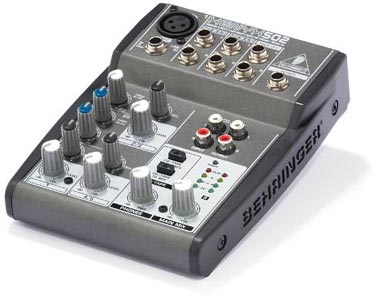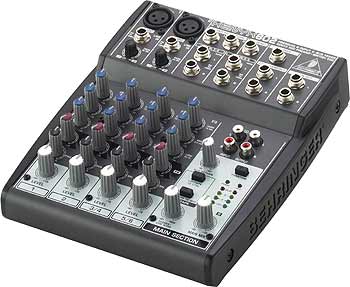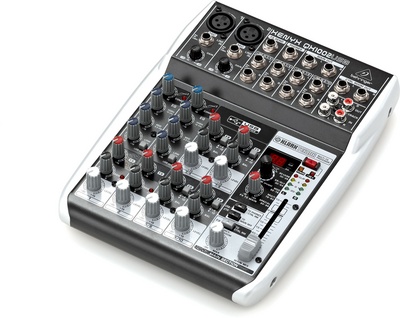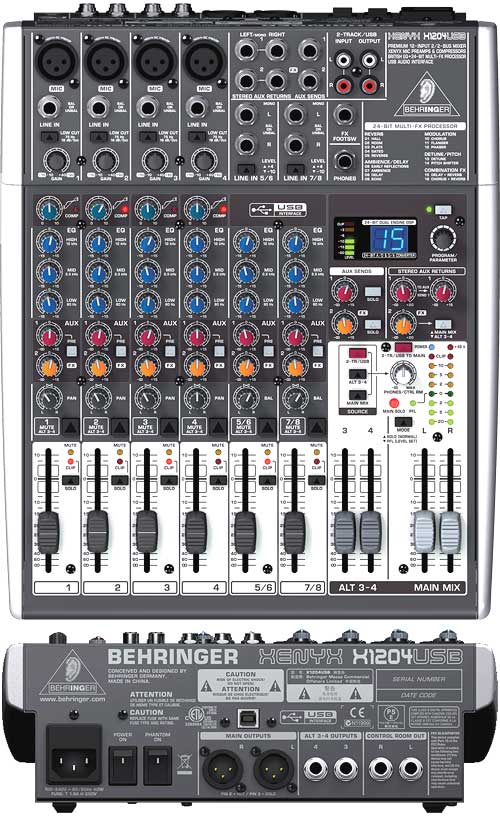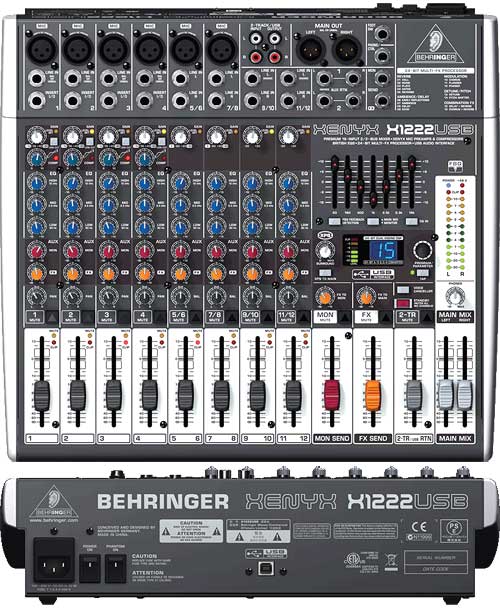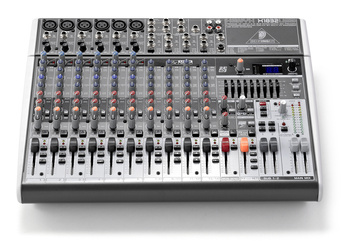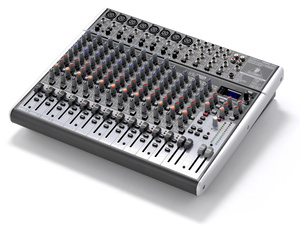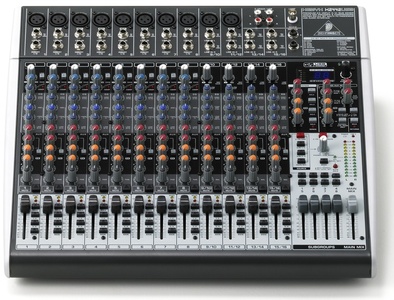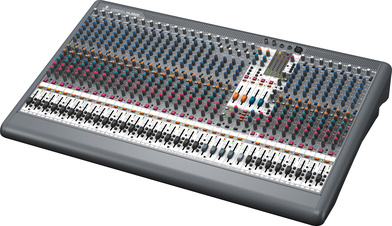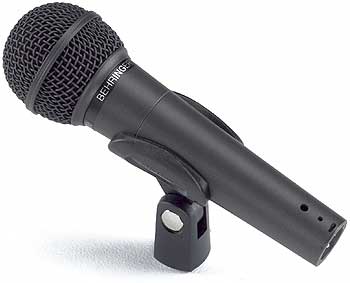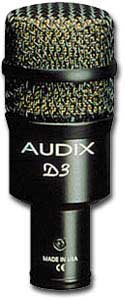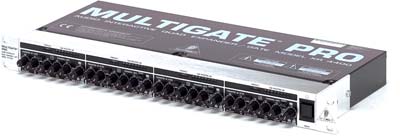Behringer TD-3-MO
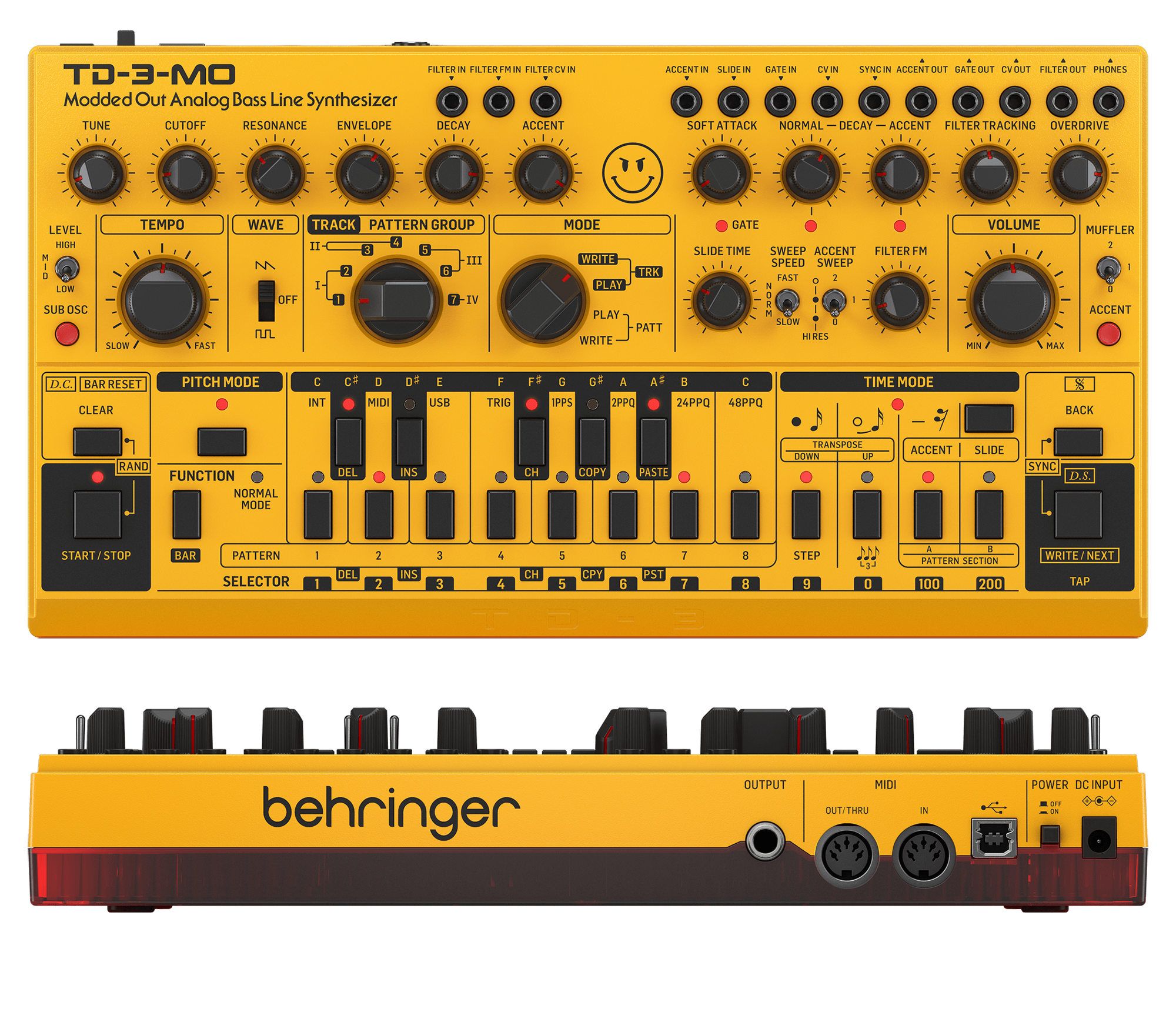
Category: Products / synthesisers / analog synthesisers
Added: 16-Aug-23 | Author: admin
New price: £195 - €222 | S/H price: na
Company Link: Behringer.com
Company Link: BEHRINGER GmbH
Behringer TD-3-MO
In fact Behringer & Whittle apparently got into a dispute after Behringer claimed he refused a financial offer they made for - one assumes - using his name in a collaboration on their modded TD-3 project... whatever. the fact is that while no two Devilfish modded tb-303's sound EXACTLY identical, you can now buy a Devilfish clone TB-303 from Behringer for about the same price as a meal for two at good London restaurant & step right into the authentic sound of the classic modded 90's 303 which - if you can find one already done (and they are very rare s/h) - would cost you thousands.. Your only other option would be to find a stock original TB-303, & again pay thousands for it, & then ship it to Robin Whittle in Australia for the mods... assuming he even still does them..
A Devilfish Modded TB-303 from Robin Whittle's website:
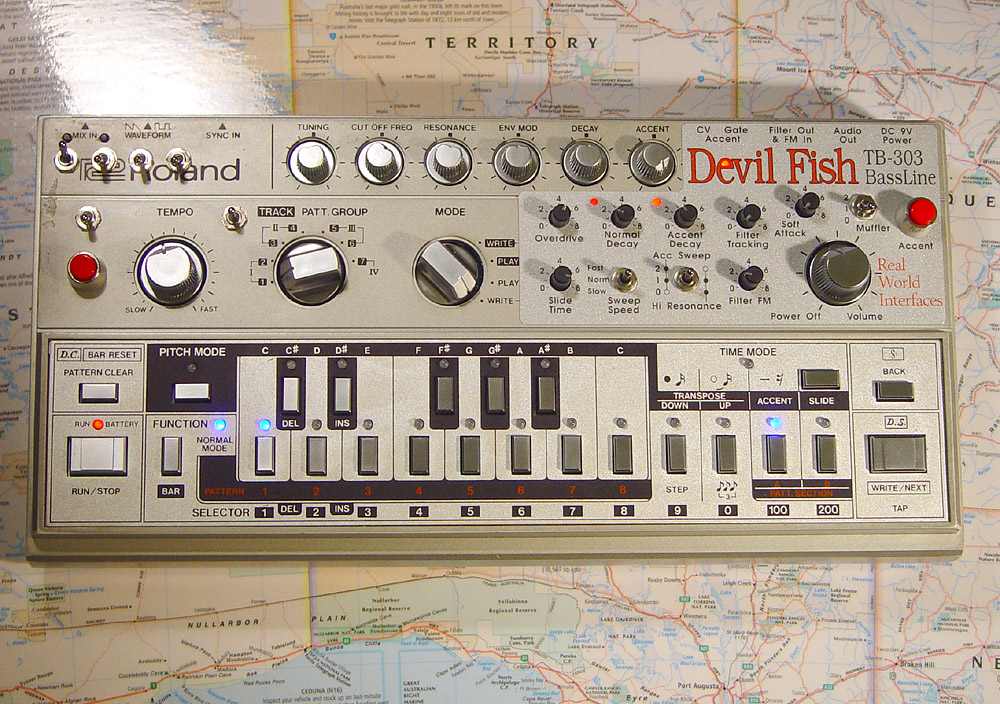
The most obvious & well known difference obtained from a Mod'ed Devilfish TB-303 was the Overdrive and this was in fact achieved by utilising a mod to control the level of the oscillator being fed into the filter, which can adjusted from zero / nothing all the way to 66.6 times the normal Roland circuit amount. This causes the filter to function "under duress" and yields a very unique sounding distortion.
Anyways, here's the mods from the Devilfish manual...
New and Changed Controls
The Overdrive pot controls the level of Oscillator signal fed to the filter. This varies the amount of oscillator signal between none, through normal to heavy overdrive (66.6 times normal) which causes the filter to operate under duress. There is no danger to the filter, but the sound is big.
The Slide Time pot. Normally the slide time is 60 ms (milliseconds). In the Devil Fish, the Slide Time pot varies the time from 60 to 360 ms, when running from the internal sequencer. When running from an external CV, the time is between 2 and 300 ms.
The Soft Attack pot varies the attack time of non-accented notes between 0.3 ms and 30 ms. In the TB-303 there was a (typical) 4 ms delay and then a 3 ms attack time.
The Decay pot – which used to control the Main Envelope Generator (MEG) – now controls the Volume Envelope Generator (VEG). The TB-303’s VEG decay was fixed at ~ 3 to 4 seconds. The first half of the pot’s range varies the decay between 16 ms and 3 seconds. The second half retains the long decay but makes the final volume vary between silence and full volume – so indefinitely long notes can be produced.
On non-accented notes, the TB-303’s Main Envelope Generator (MEG) had a decay time between 200 ms and 2 seconds – as controlled by the Decay pot. On accented notes, the decay time was fixed to 200 ms. In the Devil Fish, there are two new pots for MEG decay – Normal Decay and Accent Decay. Both have a range between 30 ms and 3 seconds. The MEG drives the filter via the Env Mod pot. On accented notes the MEG also drives the filter frequency via the Accent pot which drives the Accent Sweep Circuit. The output of the Accent Sweep Circuit adds to the VCA volume, in addition to the current produced by the Main Envelope Generator. The Accent Sweep circuit, together with the Resonance Pot turned to the right, gives the distinctive acidee “wow” upwards filter sweep at the start of accented notes. Now that the time of the MEG can be manually controlled for accented notes, the “wow” or “wapp” time can be made shorter or longer.
In addition, this sweep circuit can be disabled with the Accent Sweep Switch. Disabling it stops the filter and VCA being affected by the MEG’s output via the Accent pot. However, accents will still be audible due to the different time of the Env Mod filter sweep if the Accent Decay time is different from the Normal Decay time and the Env Mod pot is turned up.
There is a pushbutton switch to activate Accent manually at any time.
In the standard TB-303, the Resonance pot drives a special circuit – the Accent Sweep Circuit – to pulse the filter frequency and add to the volume on accented notes. When the Resonance pot is anti-clockwise, this is basically a direct pulse proportional to the setting of Accent pot, and is derived from the MEG. When the Resonance pot is clockwise, this pulse goes through a “lag” circuit which causes the filter to sweep up at the start of the note. This gives the distinctive TB-303 resonant “wapp” sound. In the version 2.0 and later Devil Fish, three modes are available, selected by the Sweep Speed switch. (Several of the 1.x Devil Fishes were retrofitted with this switch.)
The Sweep Speed only operates on accented notes, depending on the setting of the Accent pot and the time of the MEG as controlled by the Accent Decay pot. The differences between the modes are most pronounced with a series of accents on short consecutive notes. (Turn the filter into self resonance and turn down the Env Mod pot to hear the differences.)
- Sweep Speed Fast mode: The first accent causes a strong positive output, but subsequent accents produce a smaller output.
- Sweep Speed Normal mode: This is the same as the standard TB-303. The first accent causes a positive output, but when the resonance pot is fully clockwise, this sweeps upwards and some charge remains in a capacitor (C13) by the time the next accent occurs. Consequently the second and subsequent accent pulses cause a higher output than the first. This is one of the keys to the emotional nature of the TB-303 – you poke it and it squeals a little . . . you poke it again and it squeals even more. The machine gets worked up at these repeated proddings – and the charge is stored in C13. Humans interpret such responses as “I can’t stand it!!” – the response of an organism under stress and/or provocation.
- Sweep Speed Slow mode: Similar to normal mode, but with a much longer timeconstant. The output takes longer to rise, but it can rise twice as high. It also takes longer to cool down. This can be perceived when the filter frequency is settling down in the half second or so of non-accented notes which follow.
The Accent Sweep circuit, described above, is disabled when the Acc Sweep – Hi Resonance switch is in its lower position. With the switch in the mid and upper positions, the circuit is in operation.
The range of the Resonance control can be switched to double the usual feedback so as to allow the filter to self-oscillate at mid and high frequencies. Since the Overdrive pot enables the VCO signal to the filter to be turned down to zero, the filter can be oscillating by itself and the VCO signal can be introduced manually by turning up the Overdrive pot. The high resonance is selected by the mid and lower positions of the Acc Sweep – Hi Resonance switch.
In the TB-303 the filter frequency was not affected by the pitch of the note the oscillator was playing. The Filter Tracking pot enables the filter frequency to track the note being played. The range is from 0, through normal tracking to over-tracking. This is imprecise, so it is not possible to play accurately tuned notes using just the self oscillating filter. The centre note for zero change in filter frequency is approximately C (2 volts) or D (2 2/12 volts) at the bottom of the normal octave – an octave above the lowest C in the “Transpose down” octave. Notes below this will cause the filter frequency to go down when the Filter Tracking pot is turned up. The circuit is not very accurate – the exact note which is the “zero point” depends on what else is driving the filter frequency: the Cut Off pot, the MEG signals coming through the Env Mod pot, the Accented MEG signal coming through the Accent Sweep circuit and the external filter input voltage. The higher the filter frequency as a result of these inputs, the higher the “zero point” note for the Filter Tracking pot. At maximum, the maximum Filter Tracking is about 2.7 kHz per volt (i.e. the filter goes up ~2.7 kHz when the oscillator CV goes up an octave. At higher filter frequencies, this is not as significant as at low frequencies.
One important use of Filter Tracking is for some low notes to cause the filter frequency to go below the first harmonic of the oscillator signal – or at least to go below the lowest harmonic of whatever signal is passing through the filter (since both the Oscillator and Audio In to Filter signals drive the filter). This cuts the sound off entirely, or almost entirely, for these notes.
The Filter FM pot frequency-modulates the filter frequency with the audio output of the VCA. So the output signal of the filter passes through the VCA (which includes the Muffler on its output) to the Filter FM pot, which feeds none, some or a lot of this signal back into 6 the filter frequency. This gives edginess and complexity dependent on the signal level coming out of the VCA – so it is stronger on accented notes. At higher settings, the results approach chaos.
A three position Muffler Switch is provided. This affects the output of the VCA and provides two types of muted clipping. This distortion is unique to the Devil Fish and is only roughly comparable to fuzz clipping. It softens the loudest extremes of the sound and introduces a moderate level square wave clipping buzz, whilst allowing the bass to pass largely unaffected. The Muffler affects sounds which are louder than usual – those resulting from high levels of Accent or Overdrive or high level external audio input signals. It has little or no effect when the signal level at the VCA output is low.
New Functionality
Bass response is improved. In the TB-303, 32 Hz was down by 5 dB. Now it is down by 1 dB.
In the TB-303, the start of the audible note was between 1 and 5 ms (typically 4 ms) after the start of the gate signal. In the Devil Fish, notes start within 0.5 ms.
In the TB-303, the decay at the end of an unaccented note was about 16 ms – 8 ms of normal volume and 8 ms of linear decay. In the Devil Fish, this is now a more natural logarithmic decay which starts immediately after the gate signal ends.
The range of the filter’s Cut Off Frequency pot has been increased so it goes higher and lower. The maximum resonant frequency of the filter, with no Env Mod or Filter Tracking, is approximately 5 kHz. This is an octave above the typical maximum for the TB-303.
The Env Mod pot range has been tripled and made to include no Envelope Modulation.
There is an on/off LED to show when the Gate is active. This LED is located in the ‘e’ of the Devil Fish logo.
Two LEDs show, by their brightness, the output voltage of the Main Envelope Generator (MEG). One is for the normal notes and the other is for accented notes. These are located adjacent to the Normal Decay and Accent Decay pots which control the MEG.
The maximum cut off and resonant frequency of the filter is limited to approximately 20 kHz. This is to reduce the likelihood of oscillations at extreme frequencies which may cause undesirable outcomes with digital audio ADCs, loudspeaker systems and canines.
Alternative colours from Behringer for the 'Modded Out' TD-3-OM
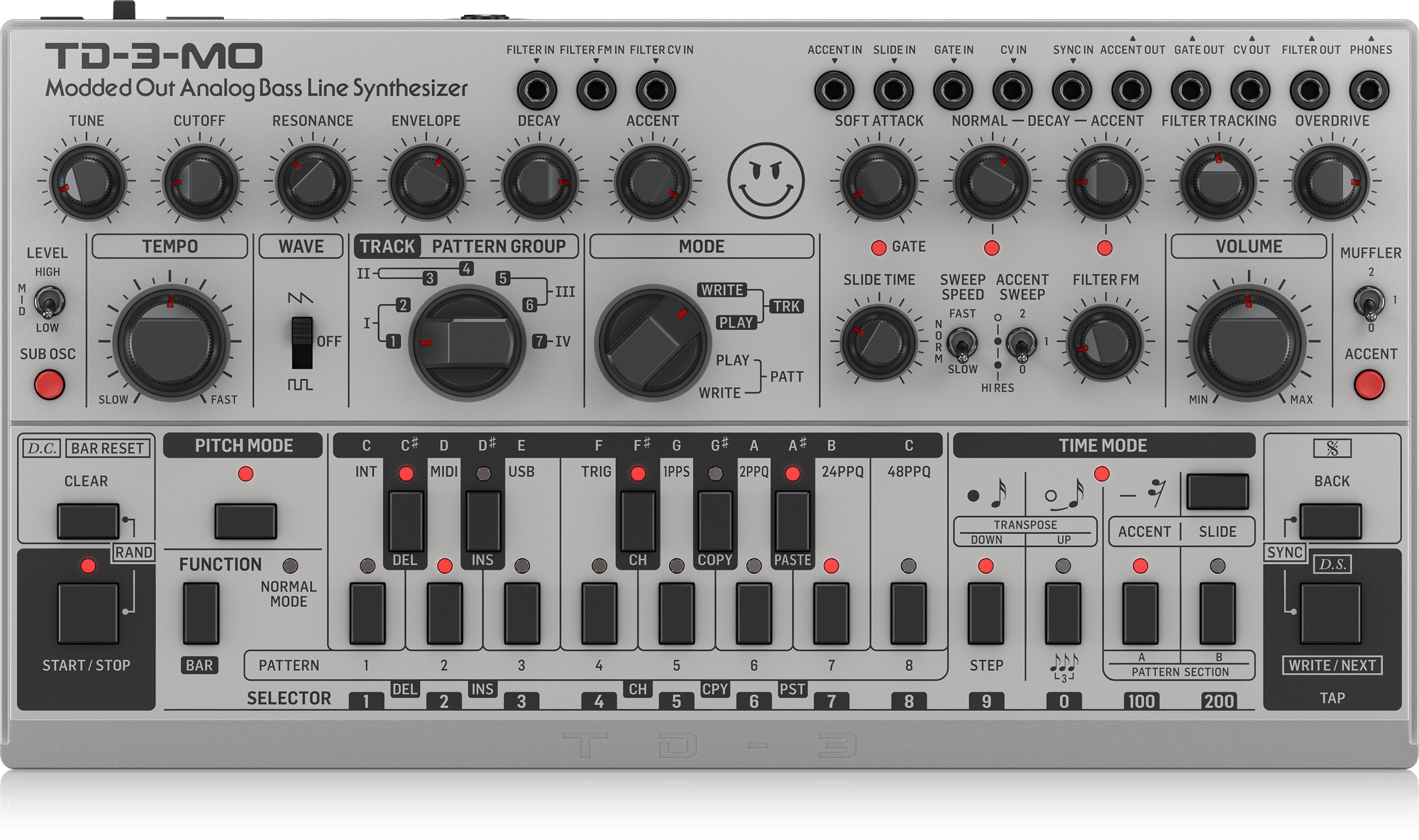
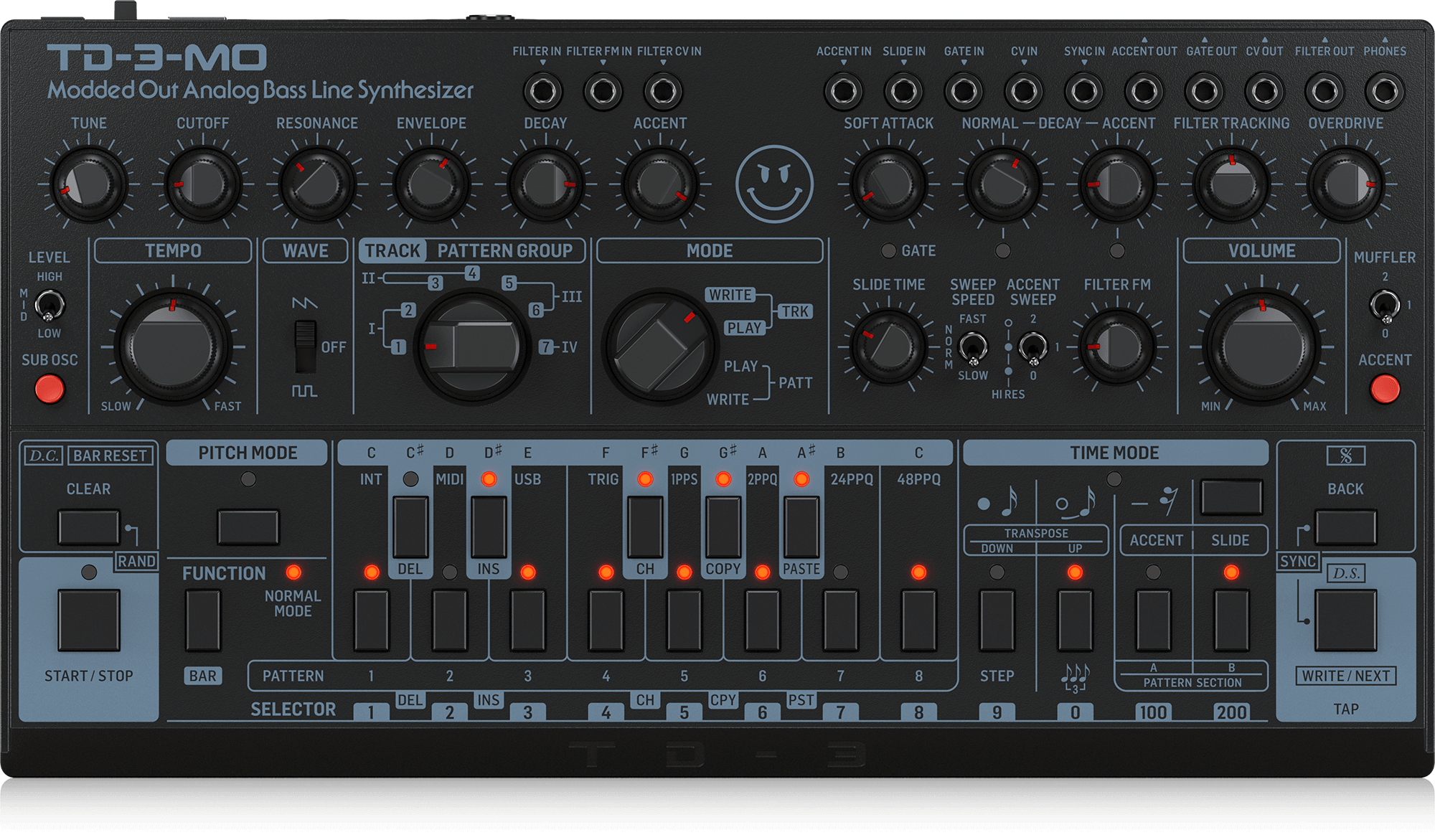
Product Videos
no video description
...Product Manuals or Files
Product Resources
More choices in this product category from other manufacturers:
Category: Products / synthesisers / analog synthesisers
User Comments
THERE ARE NO COMMENTS POSTED FOR THIS PRODUCTBe first to add a comment - what's the product like in real life?...
'Behringer TD-3-MO'
Looking for the manual? - Check this page above under the heading: 'Product manual or files' - We might have it!
Note: To cut down on spammers, cookies must be enabled to post comments to this page.
Looking for the manual? - Check this page above under the heading: 'Product manual or files' - We might have it!
[back to top]
Total stars: 0 | Total votes: 0
156 other
products from
Behringer
Thomann deals
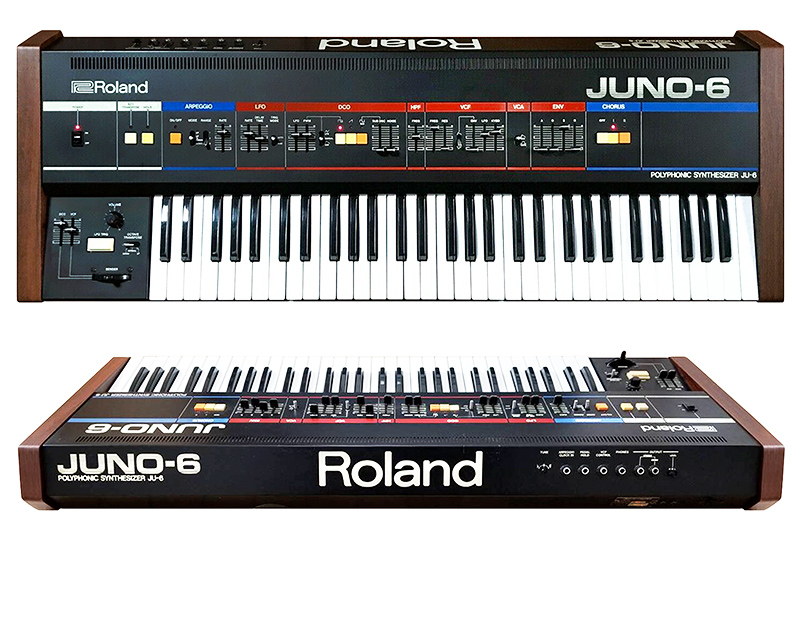
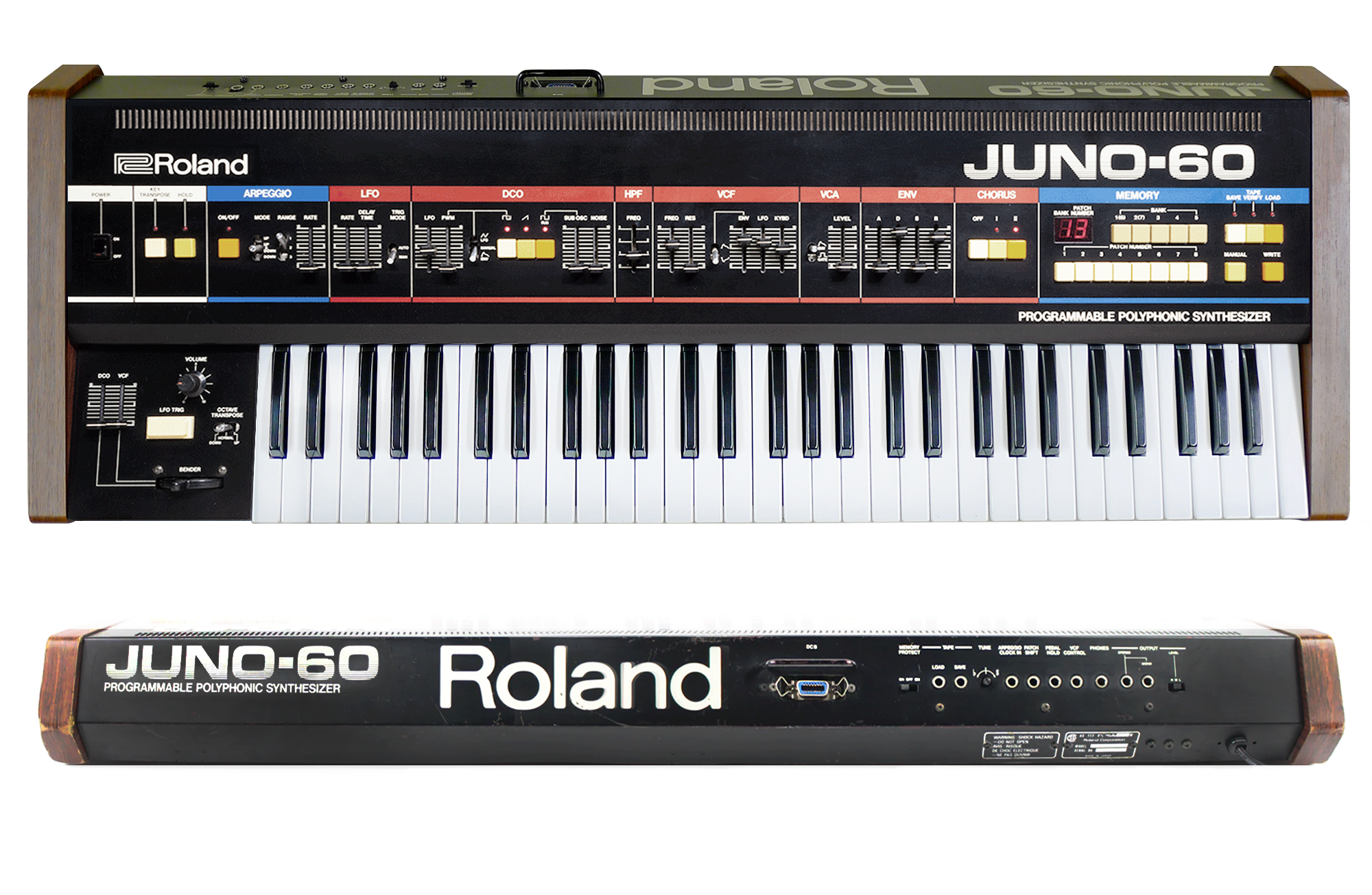
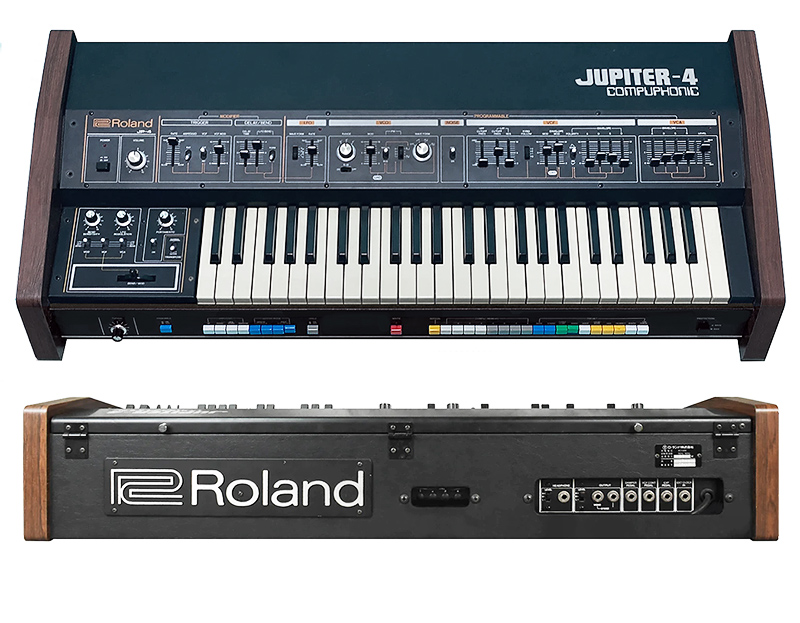
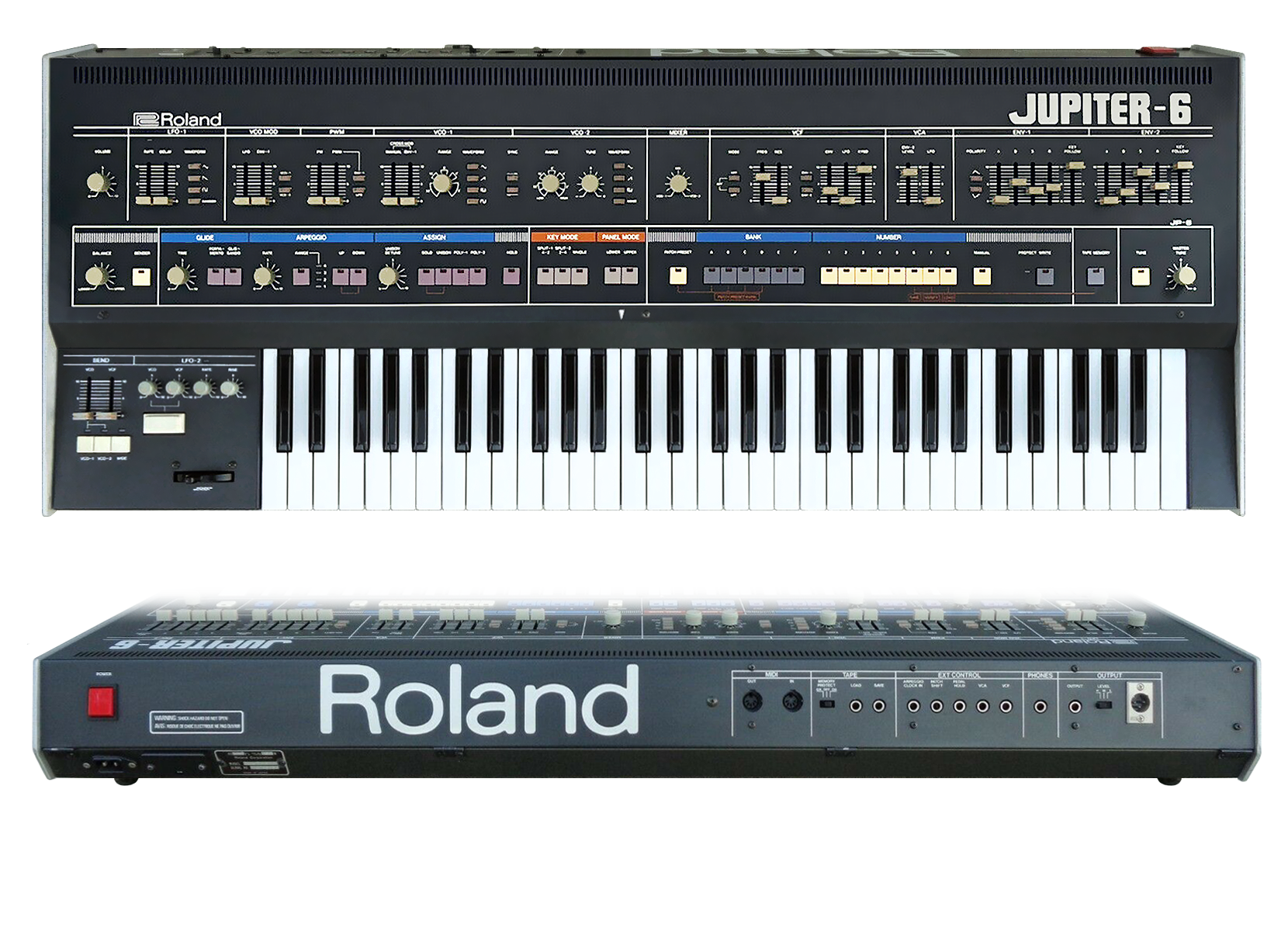
_BIG.jpg)
